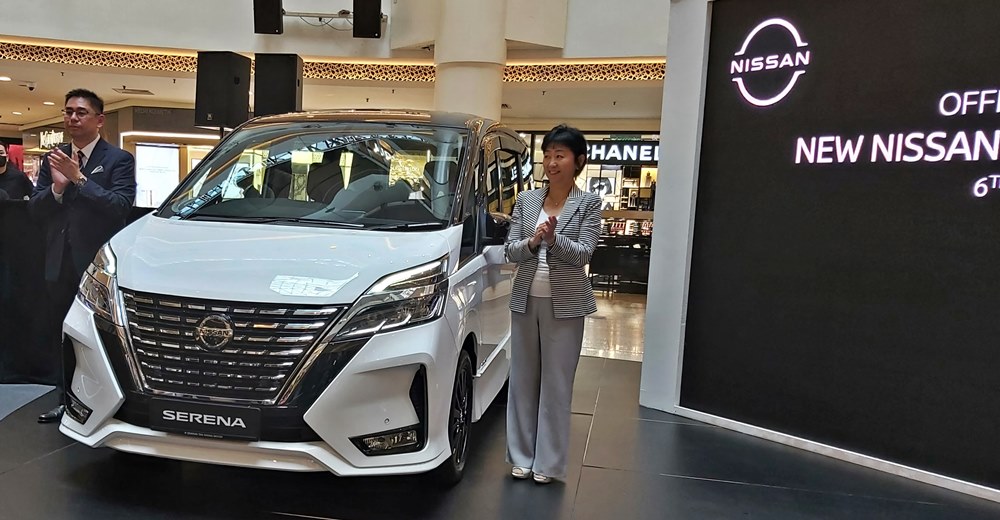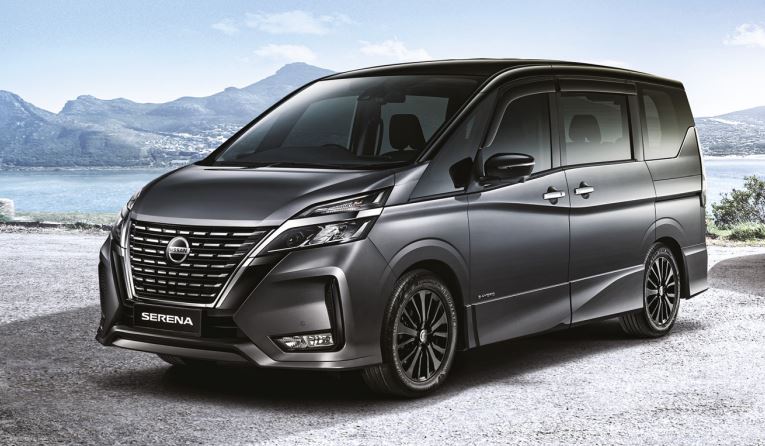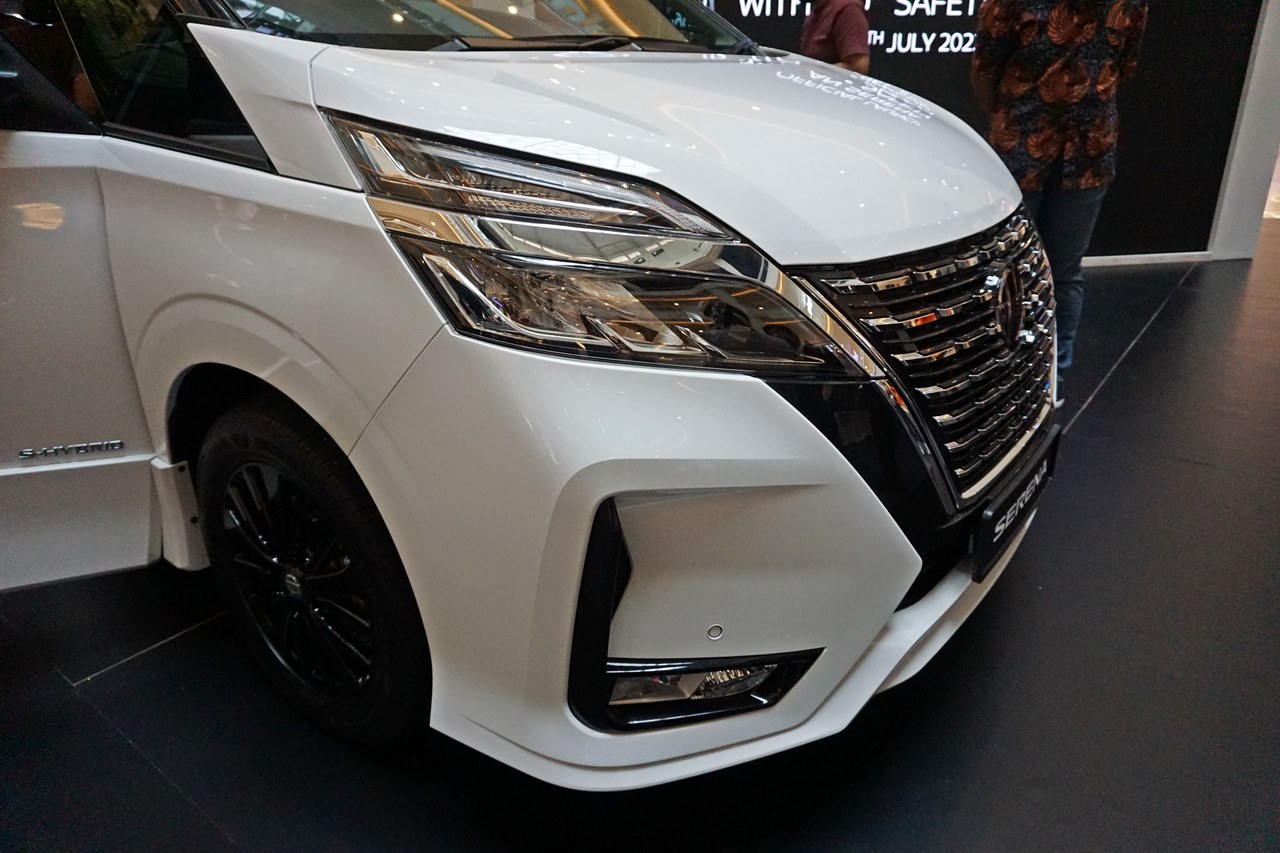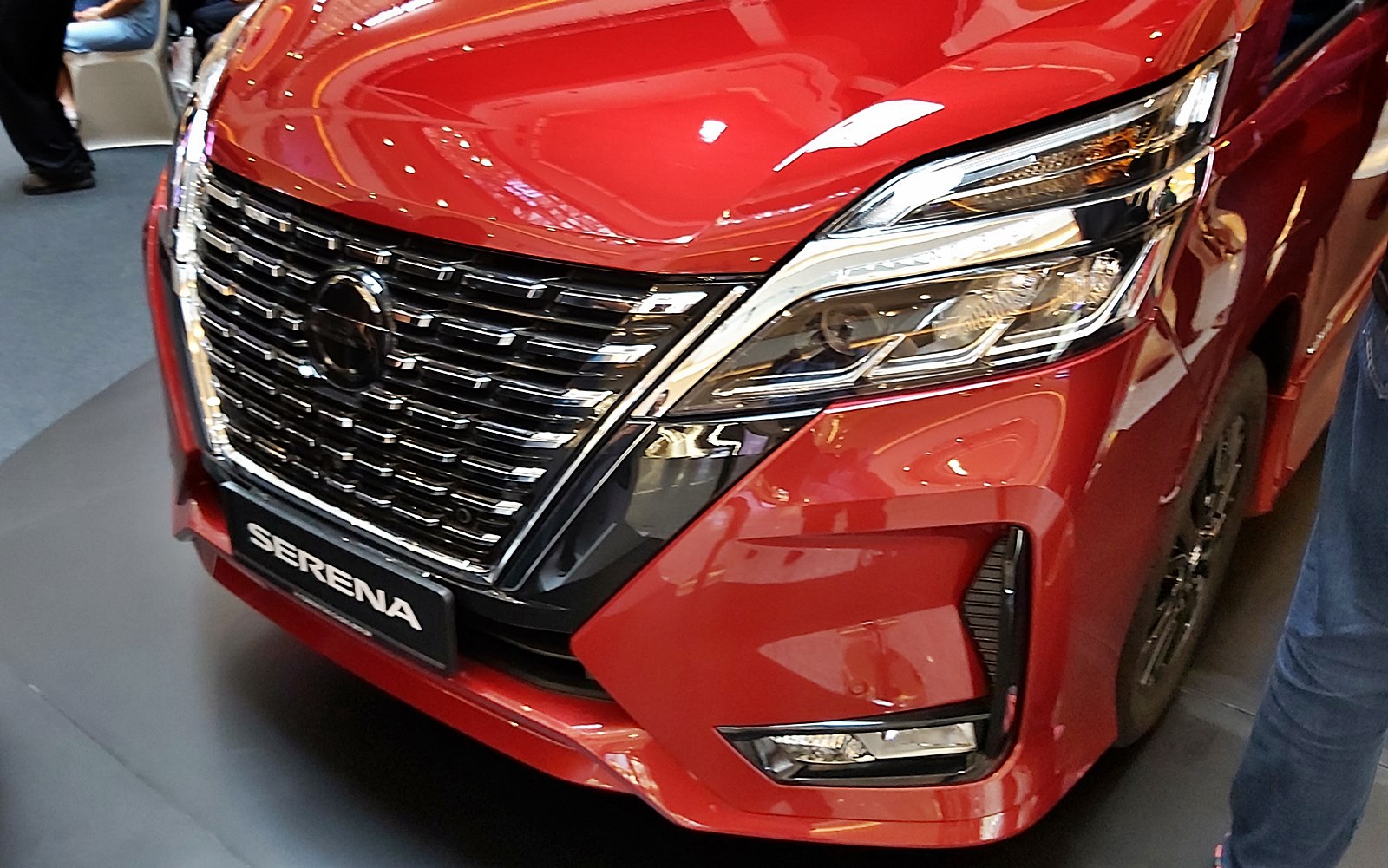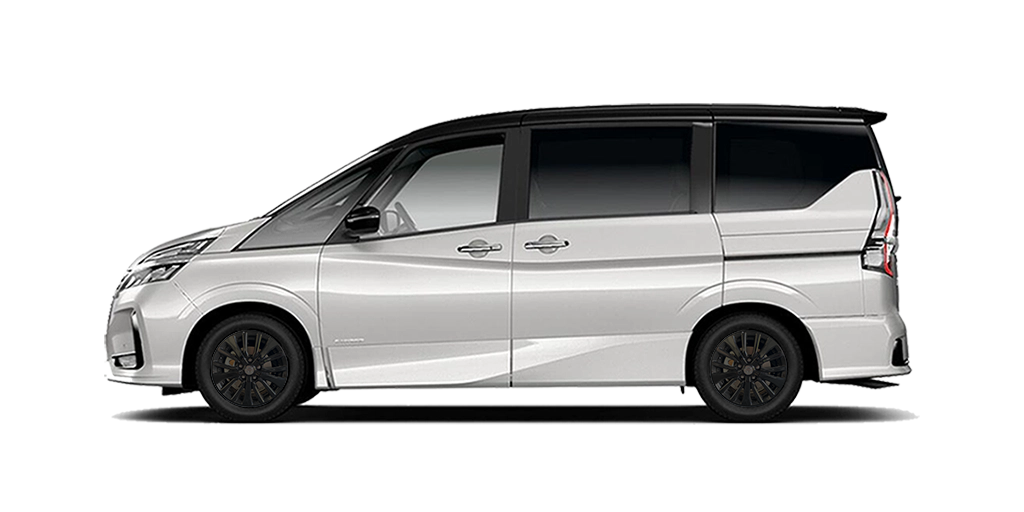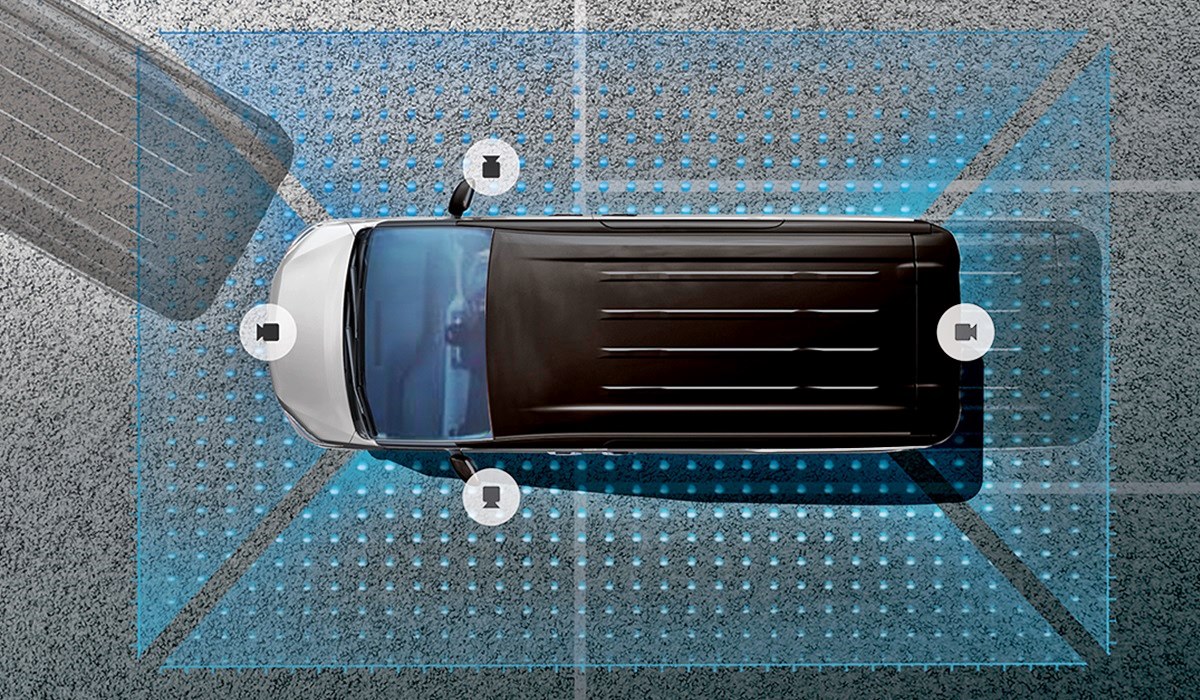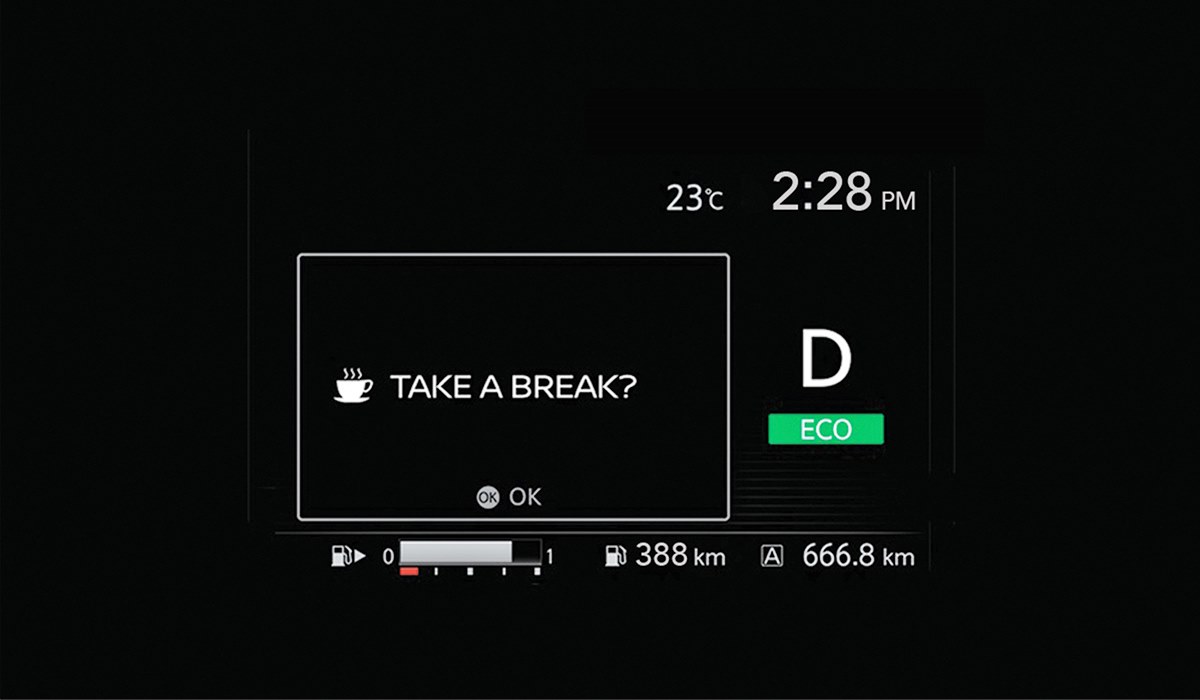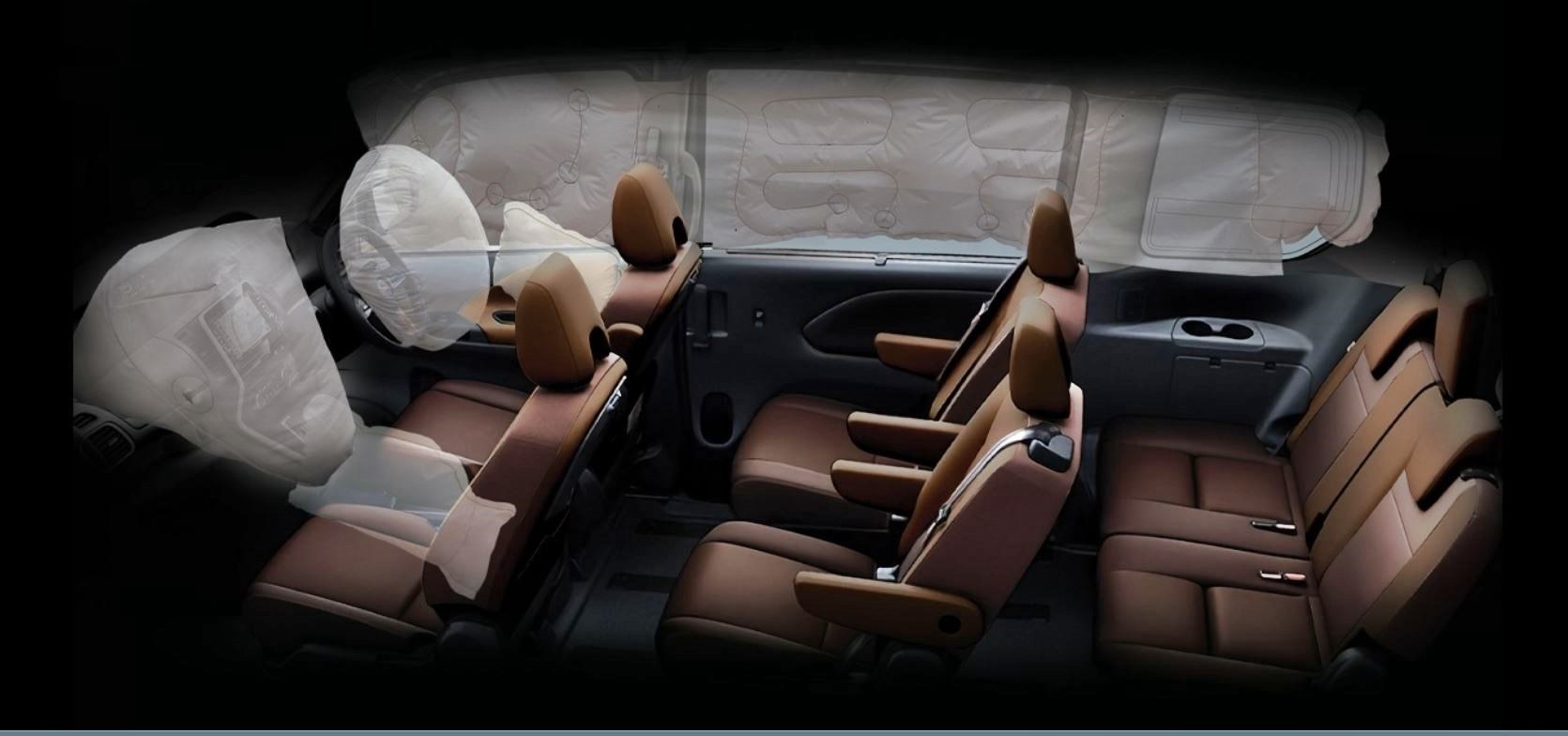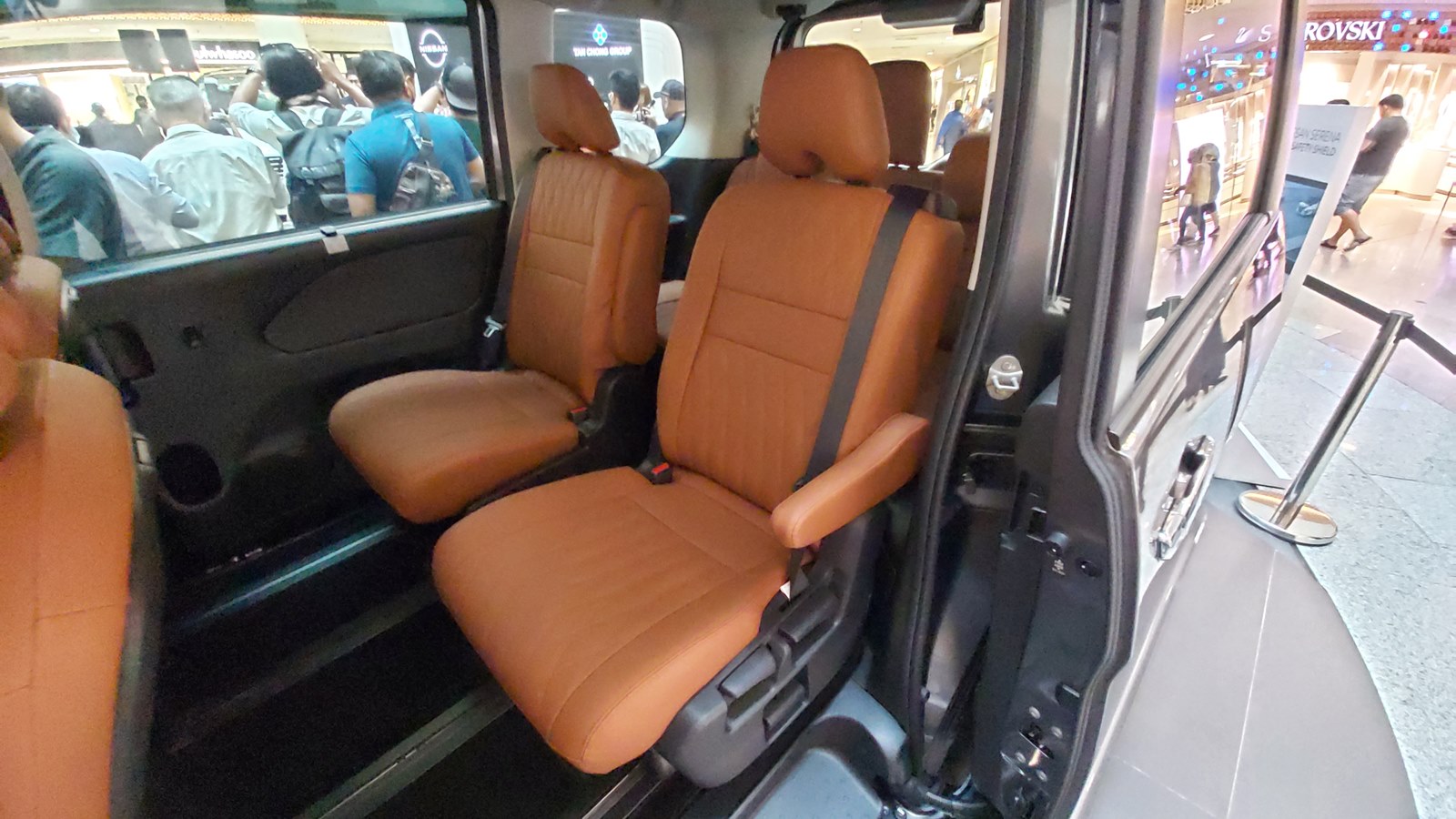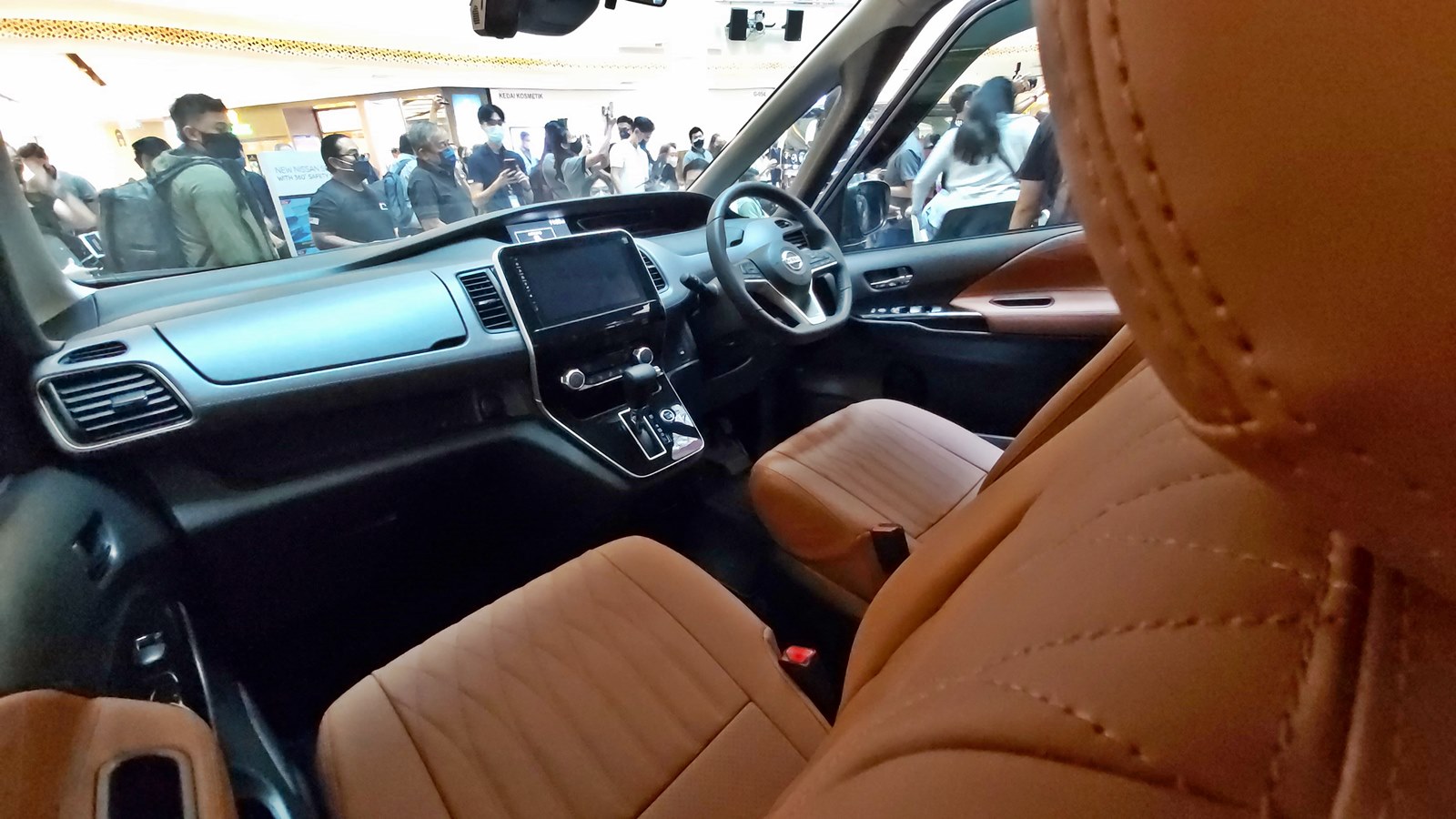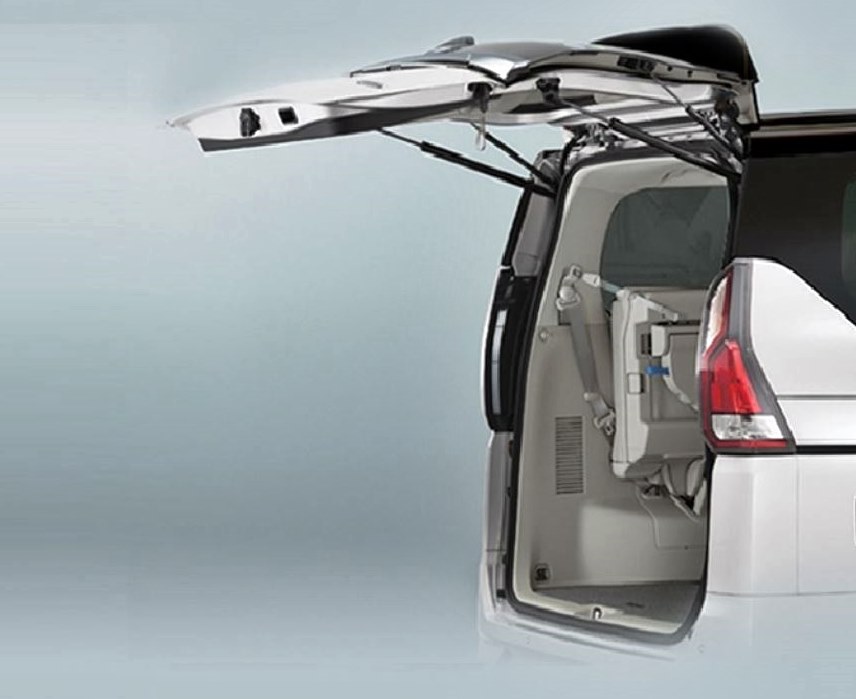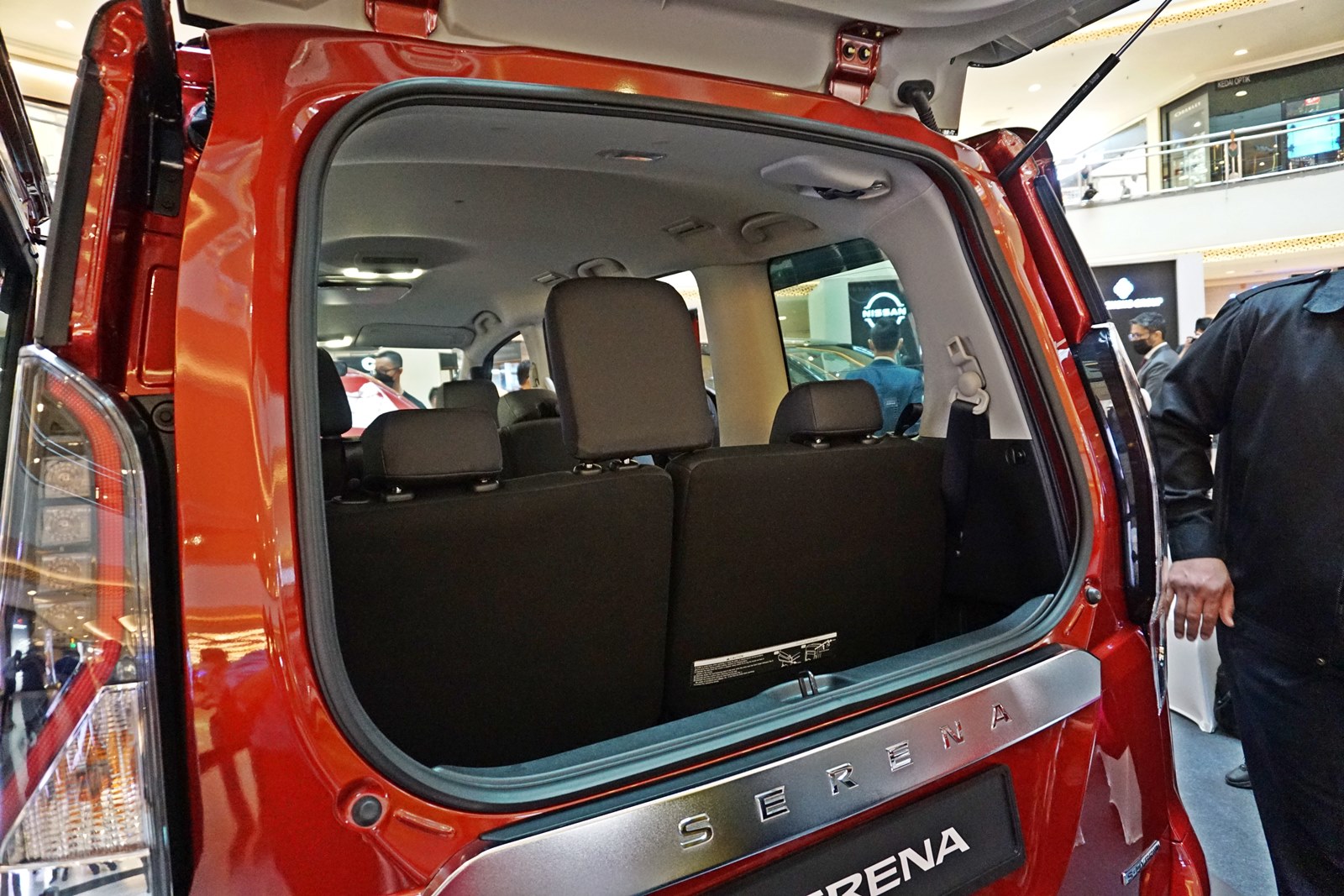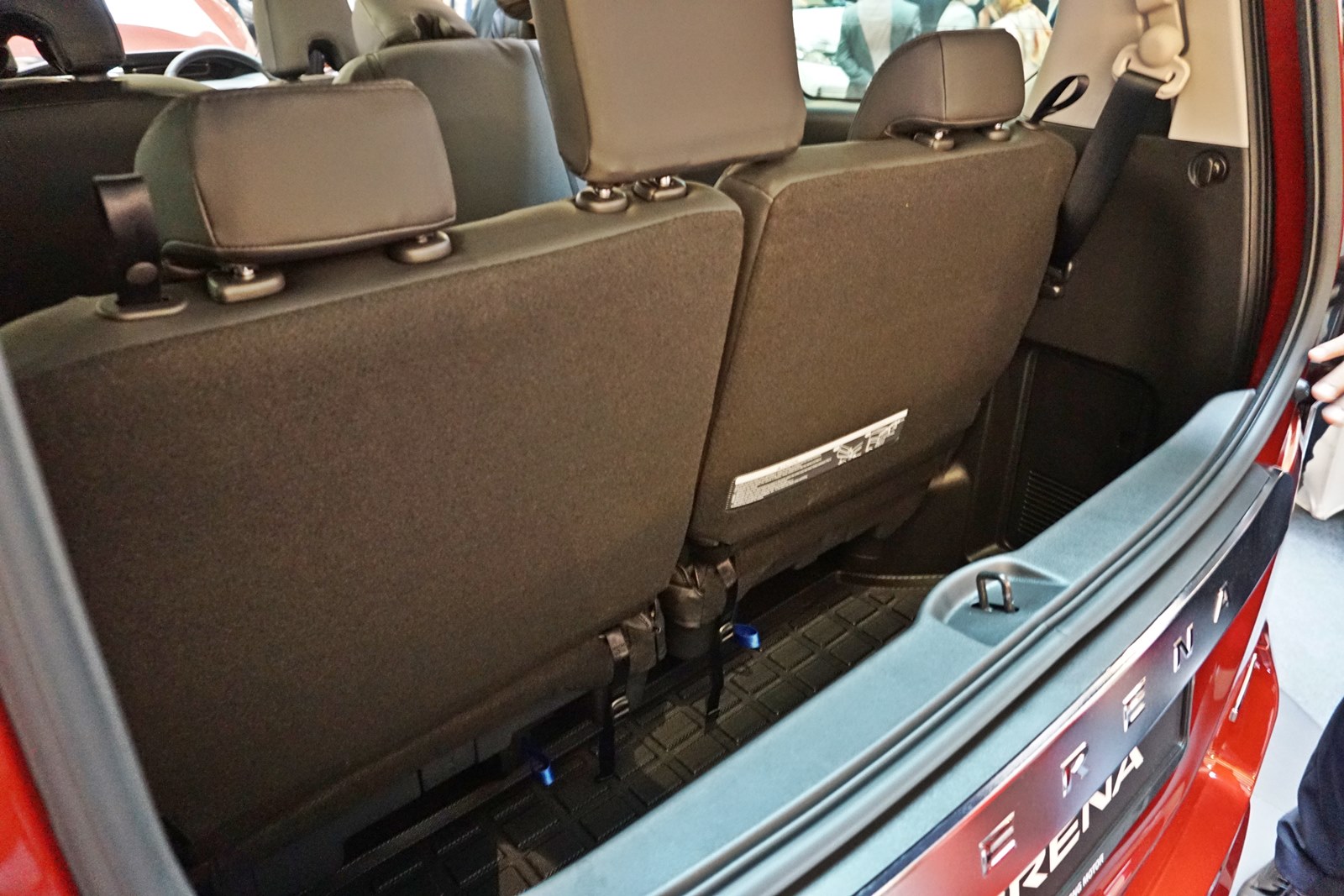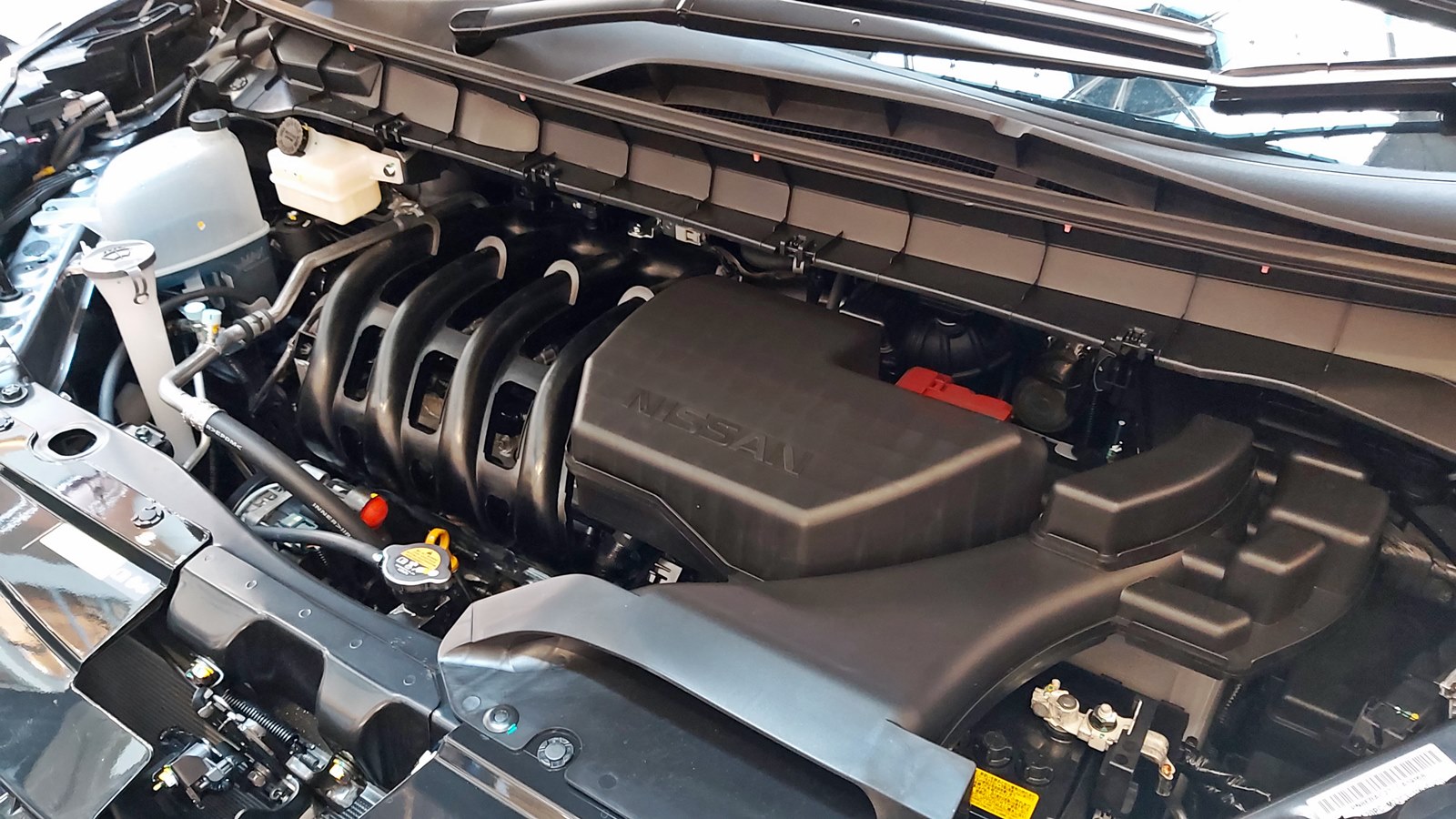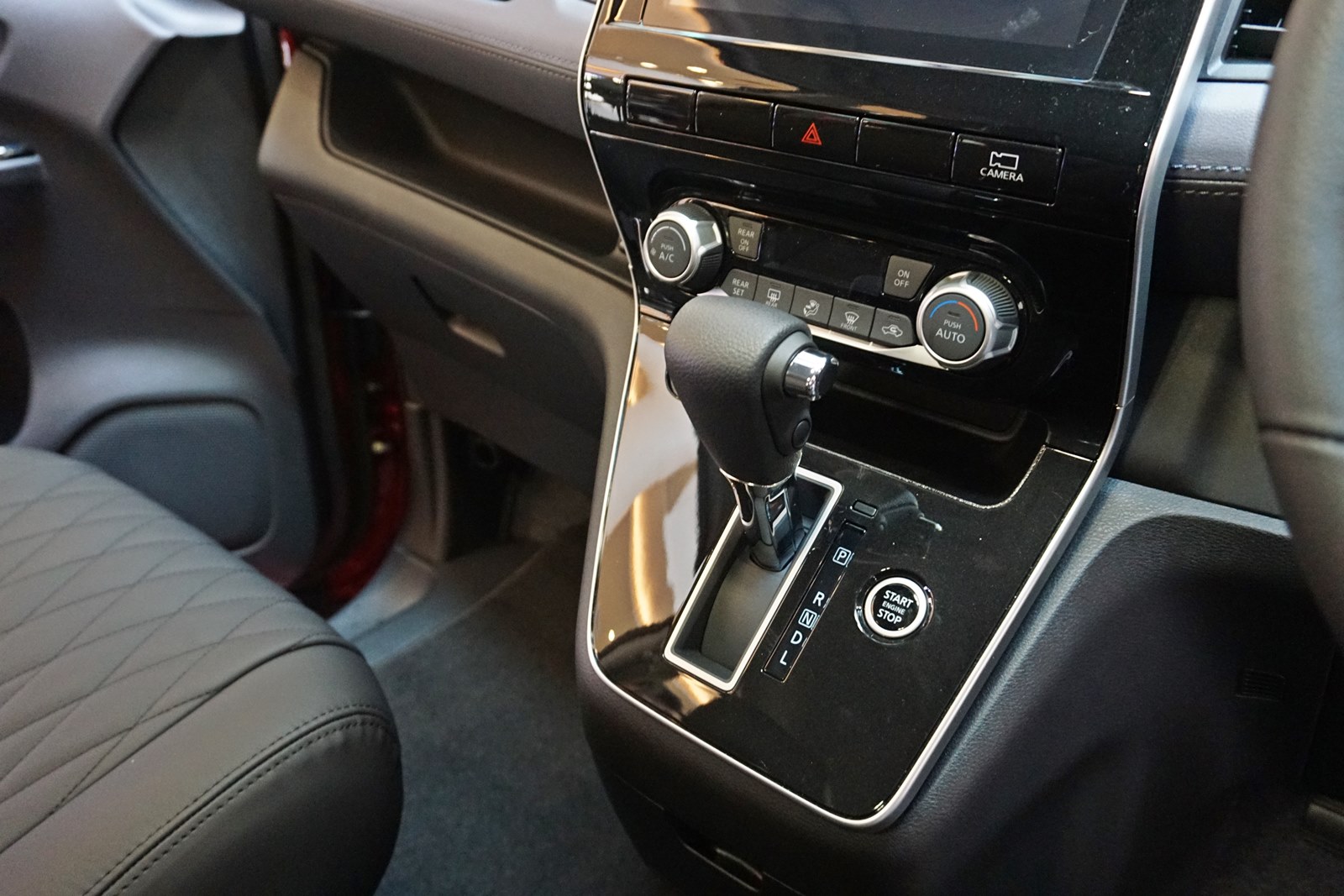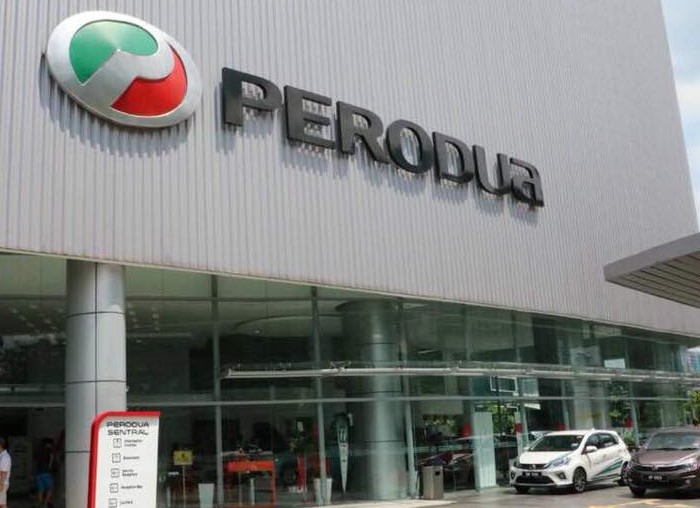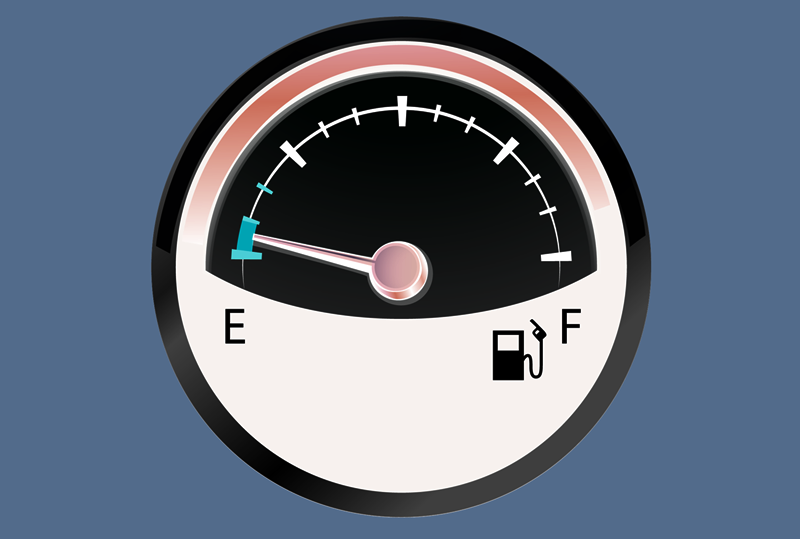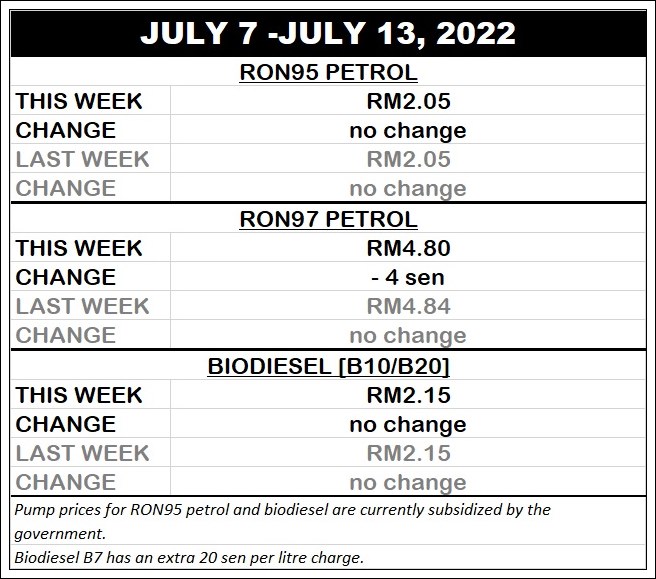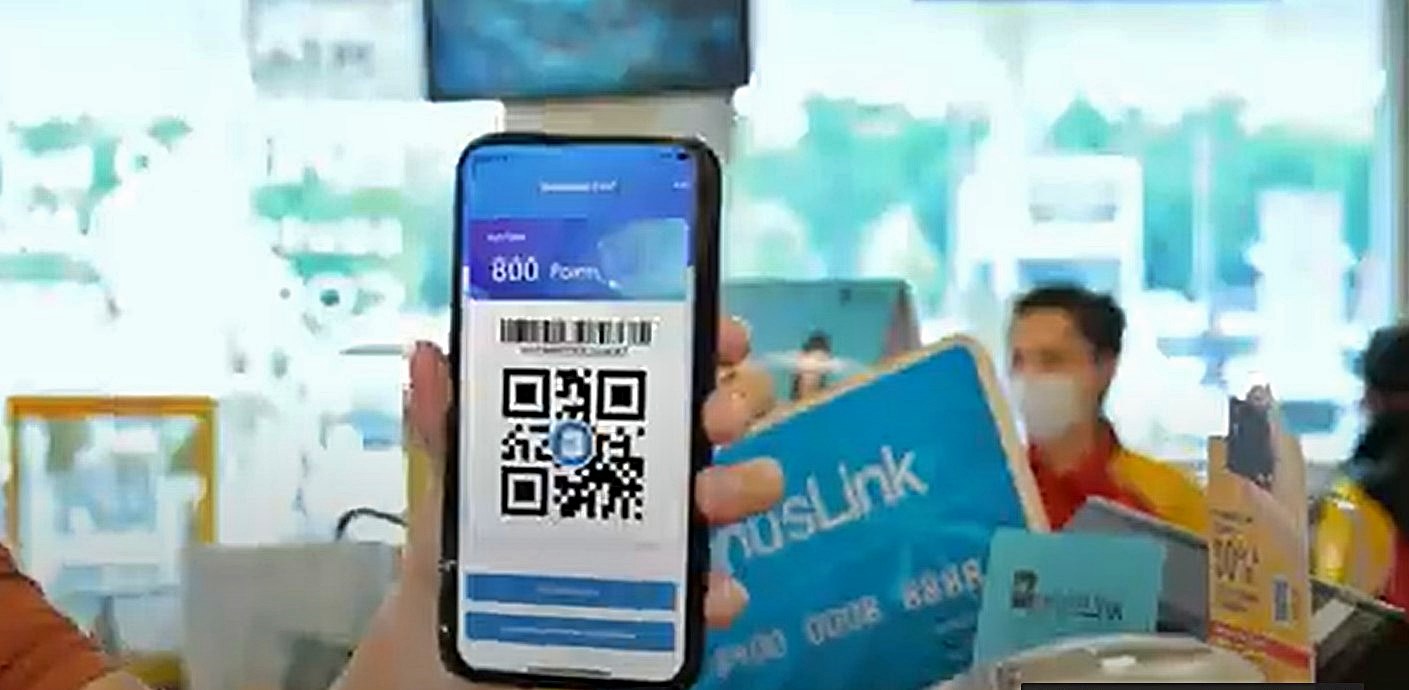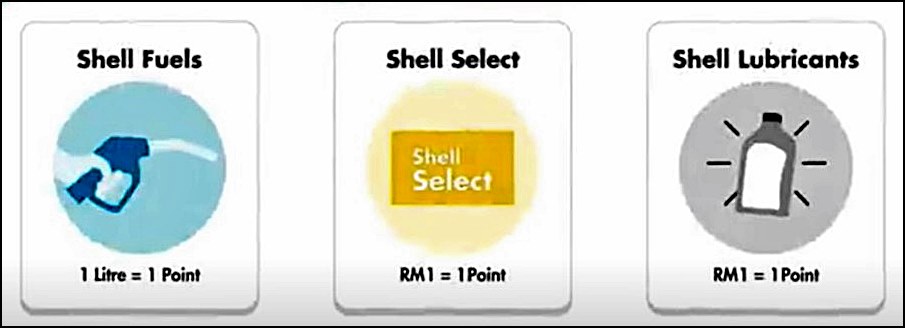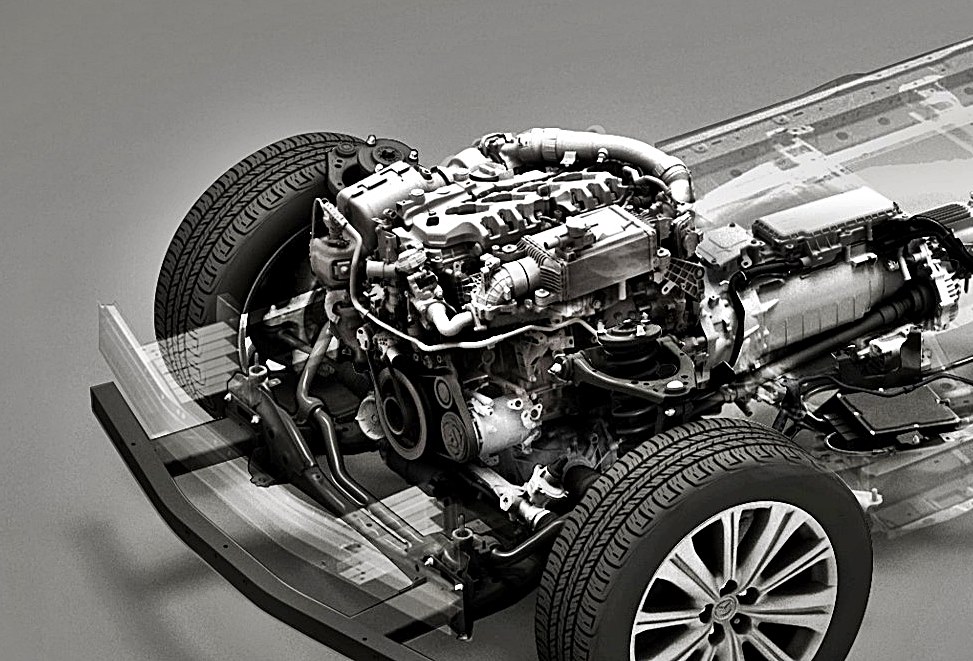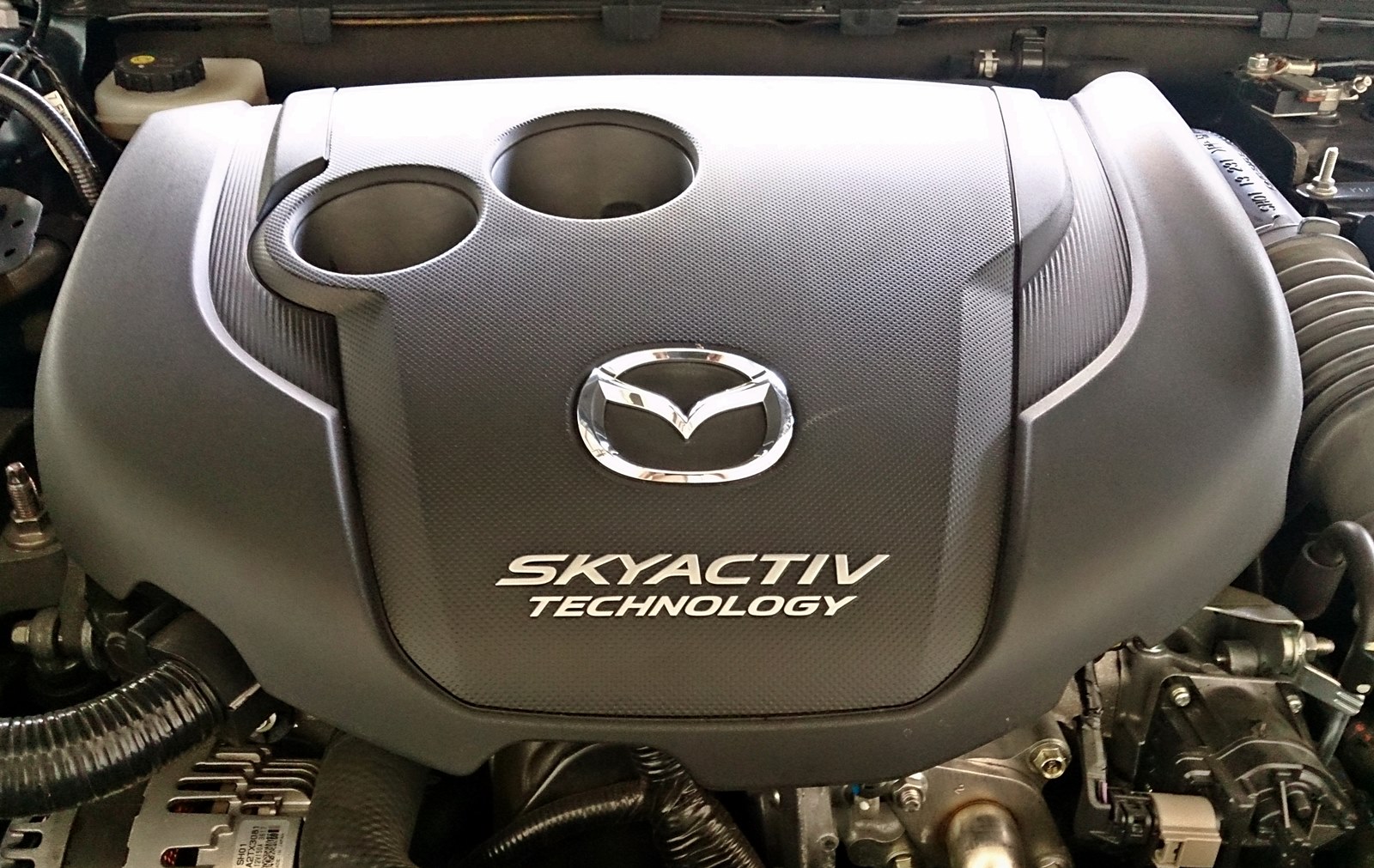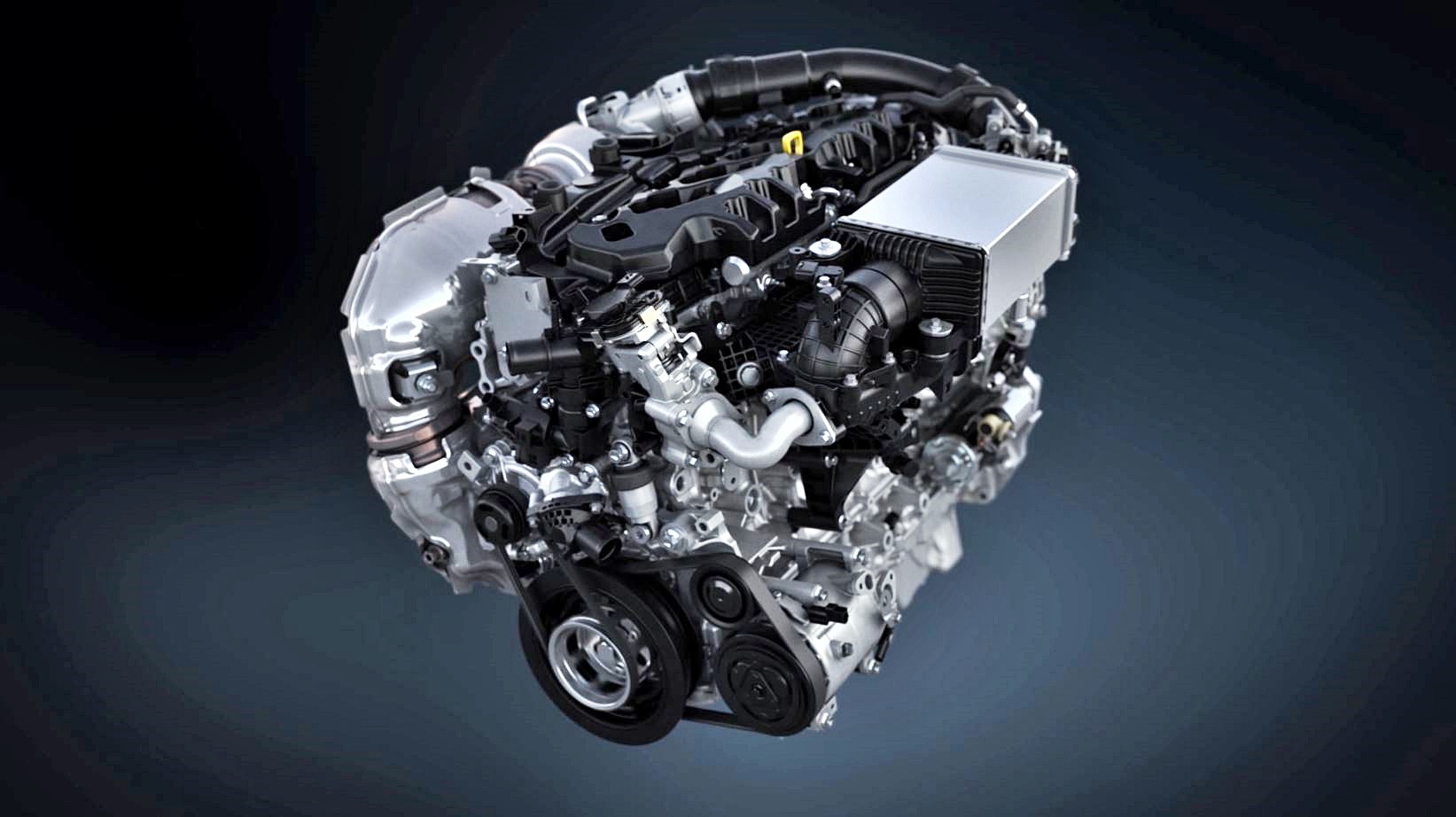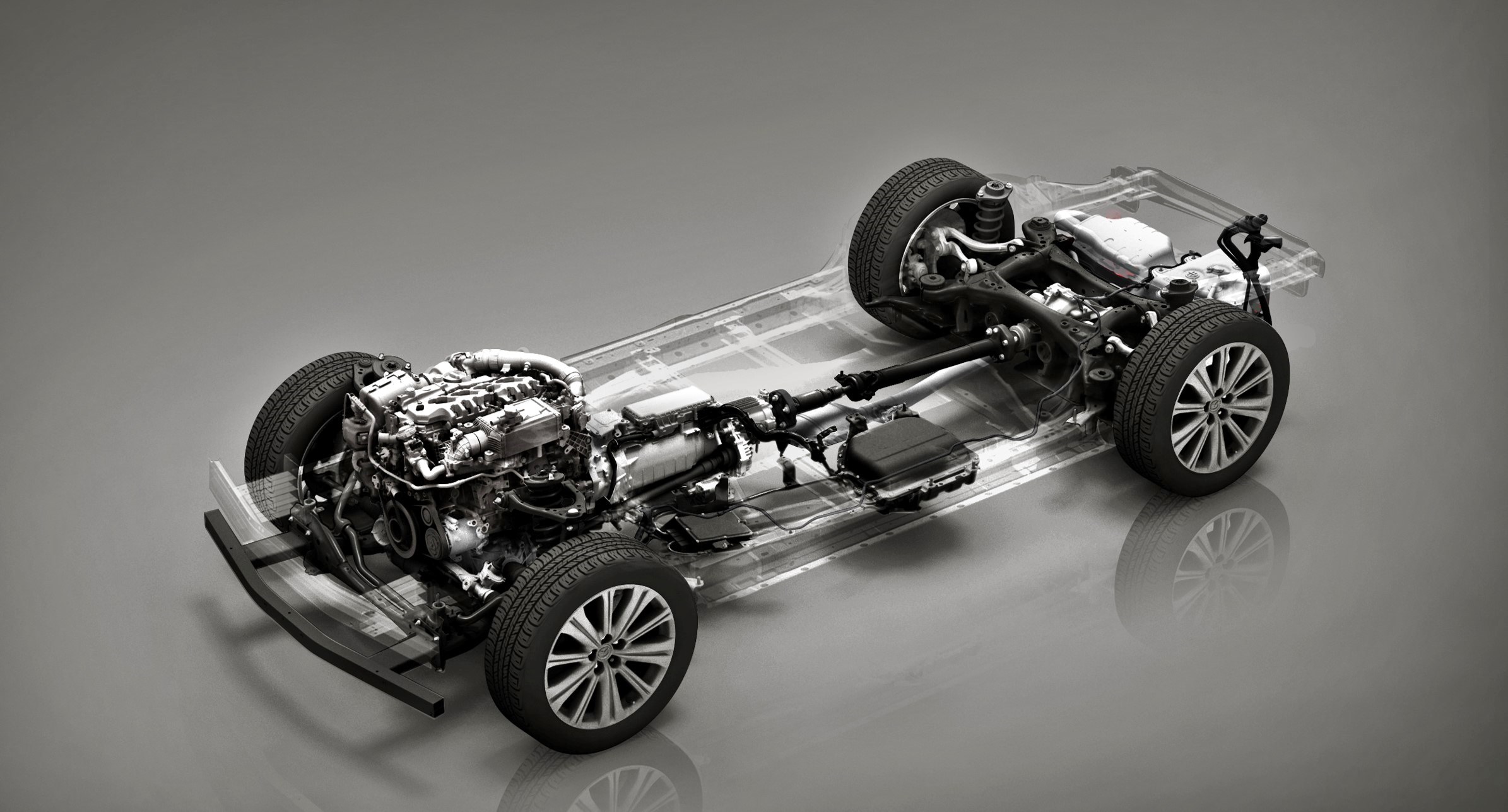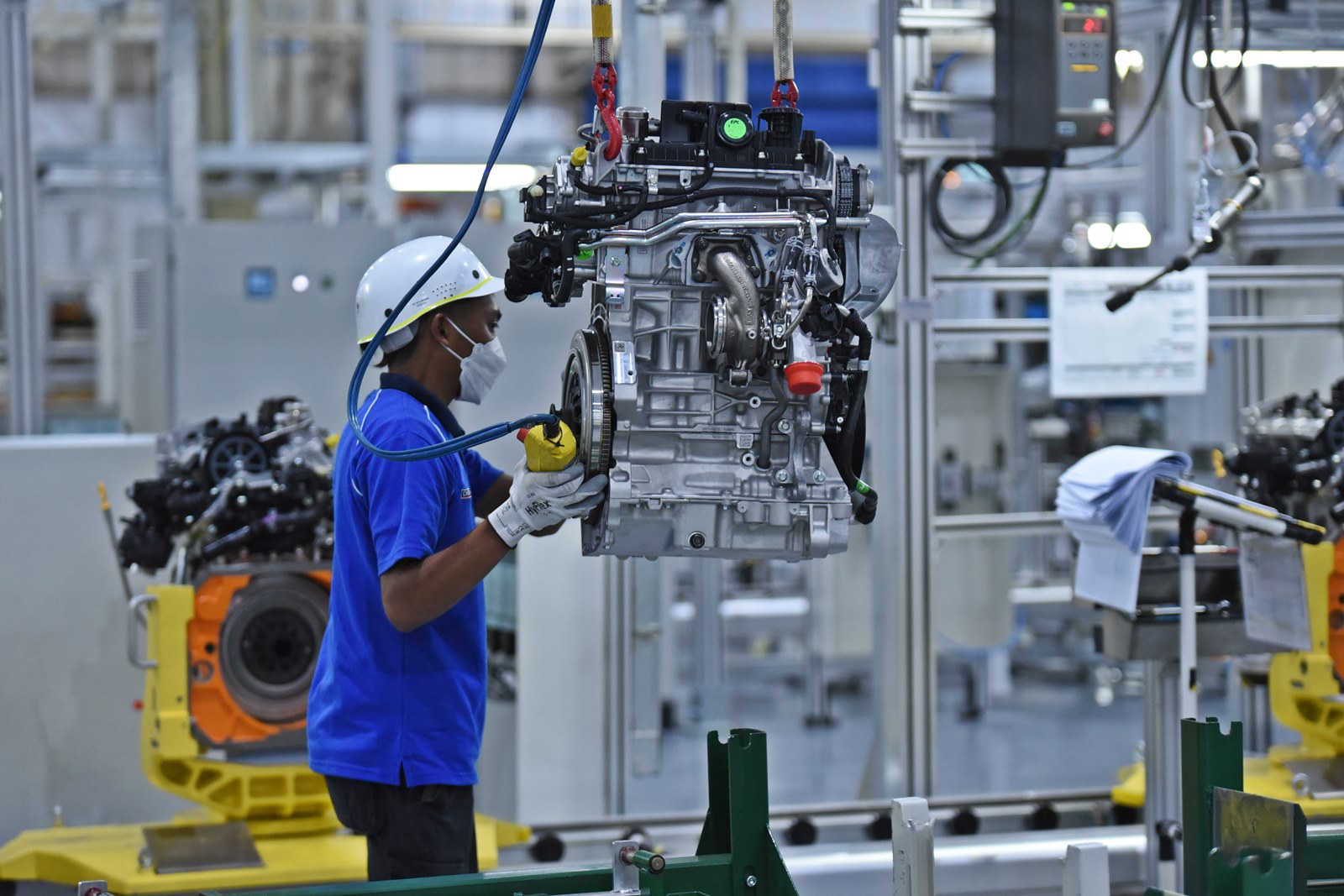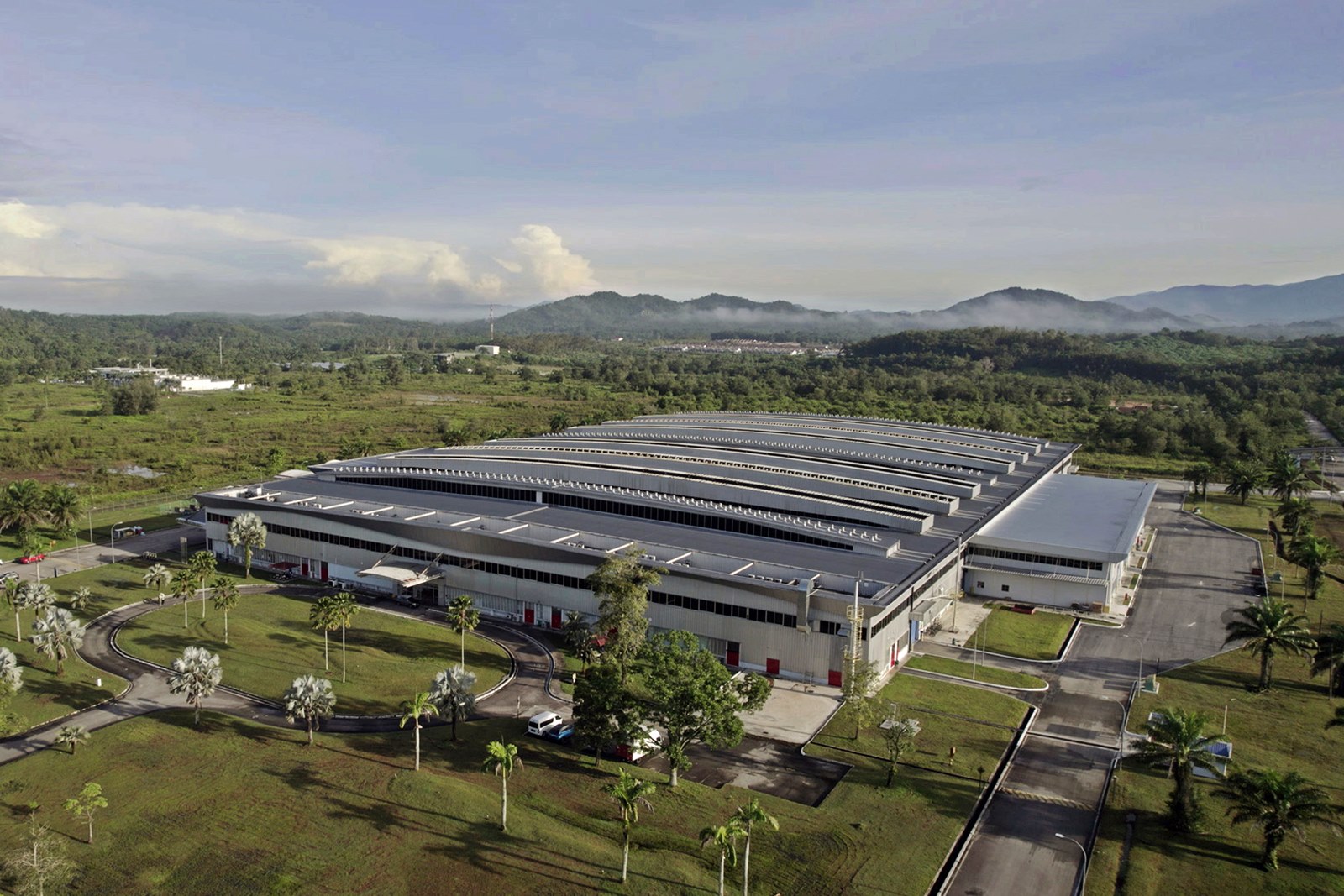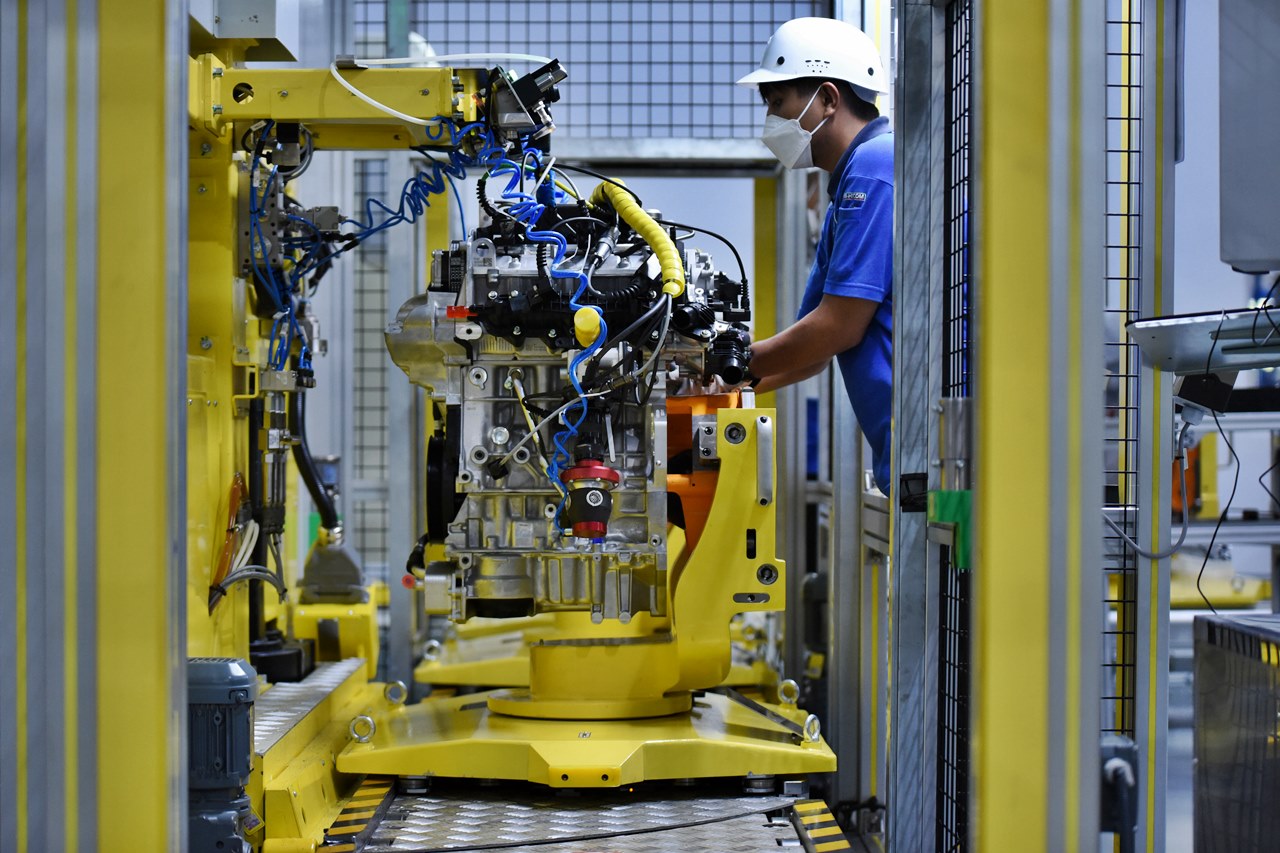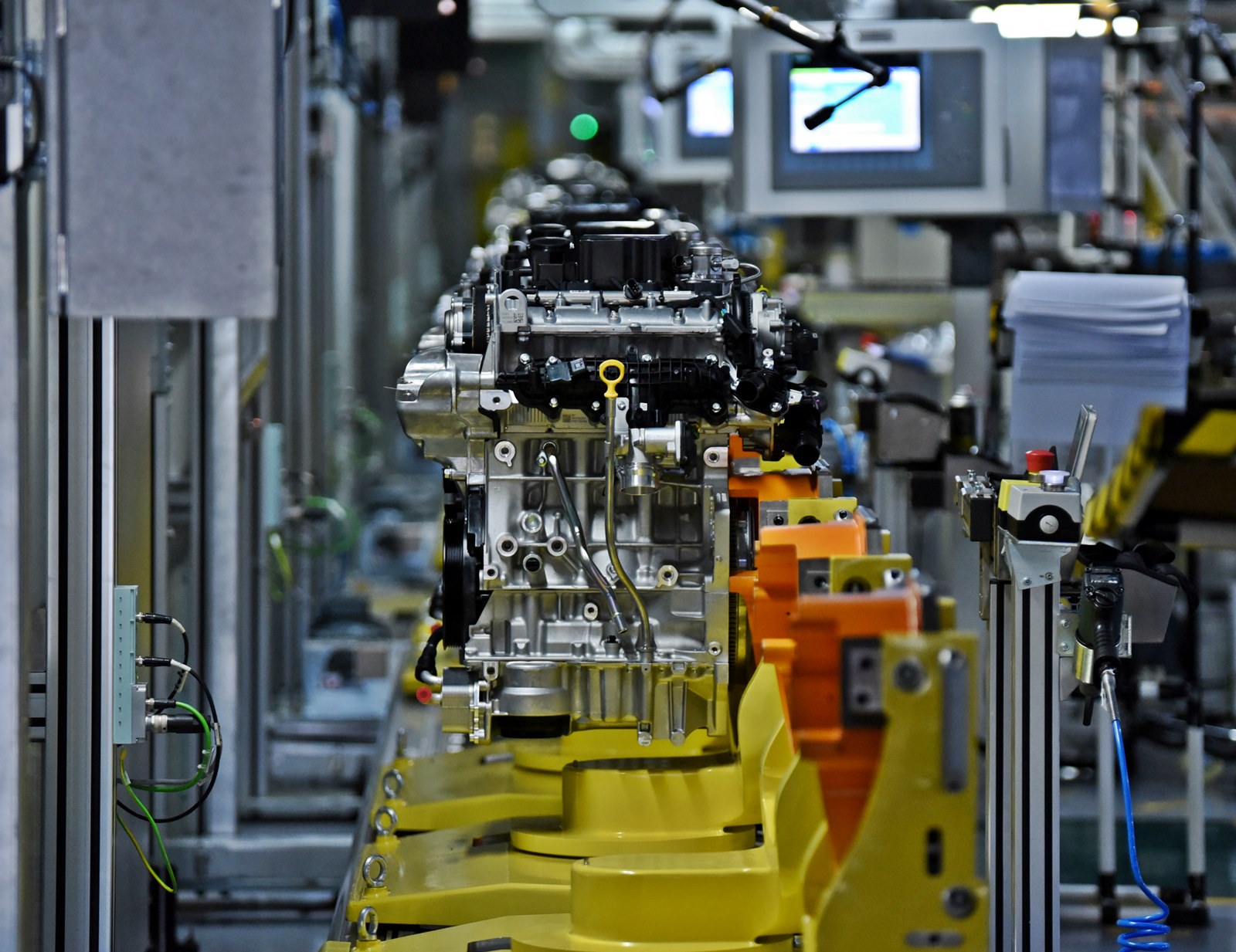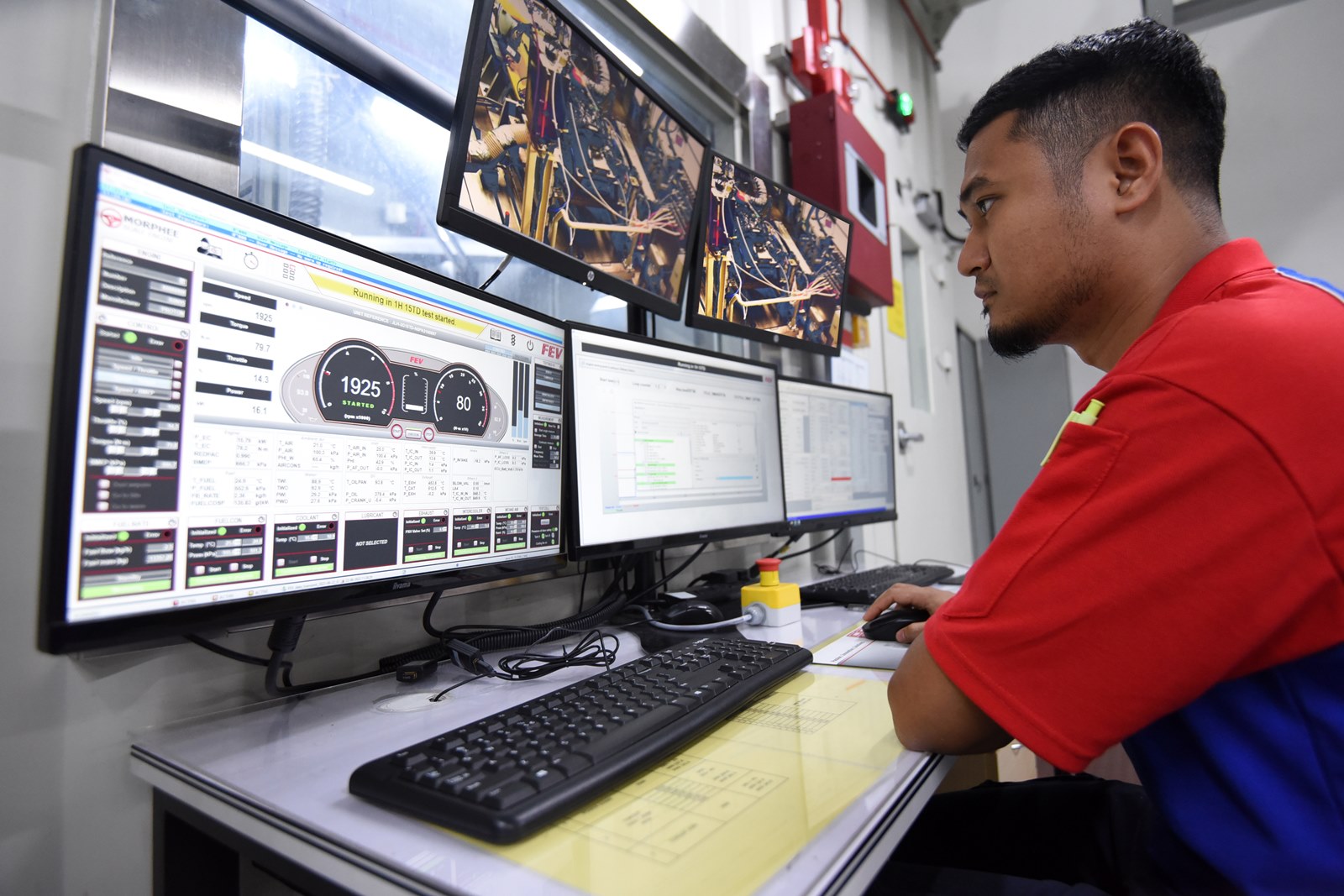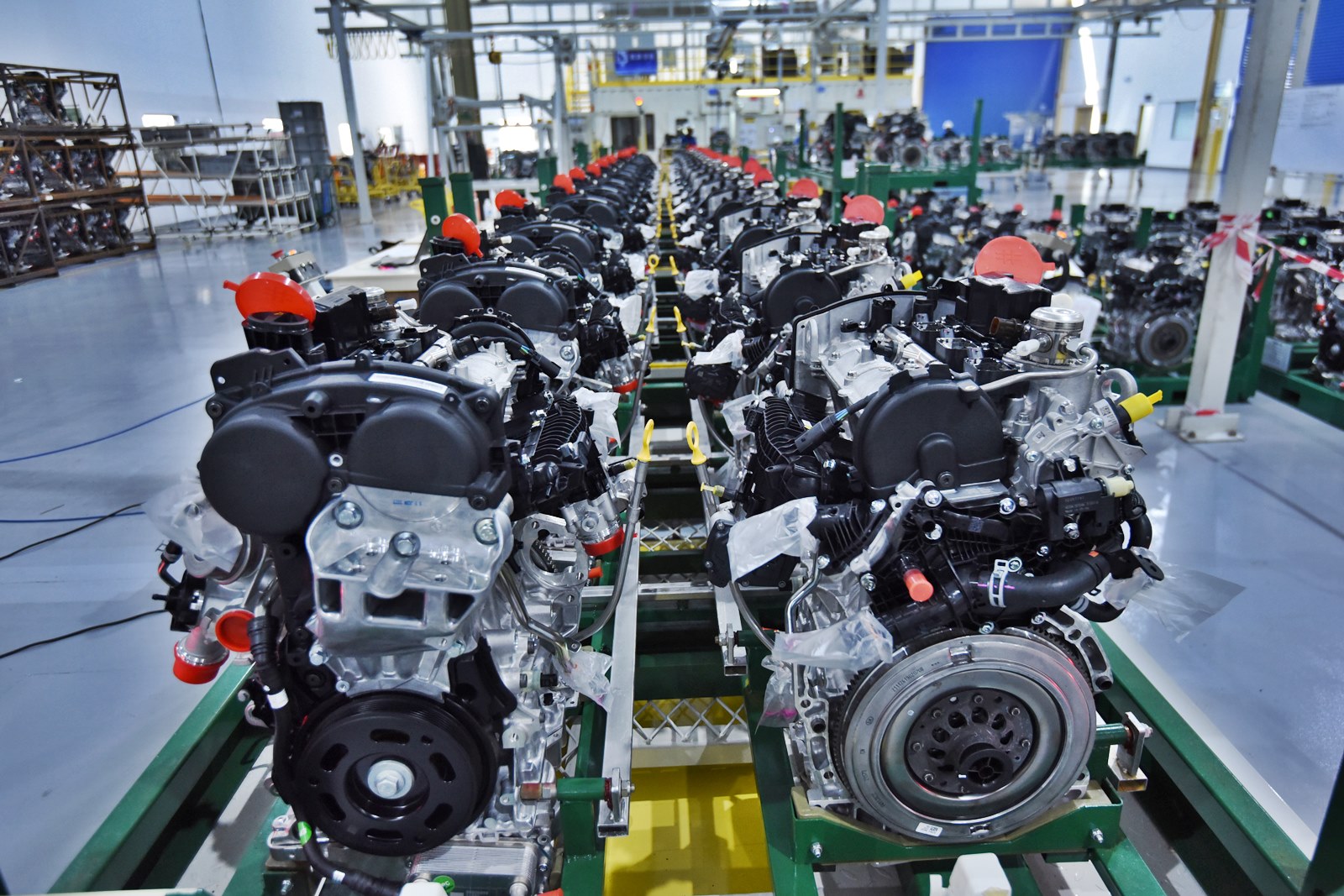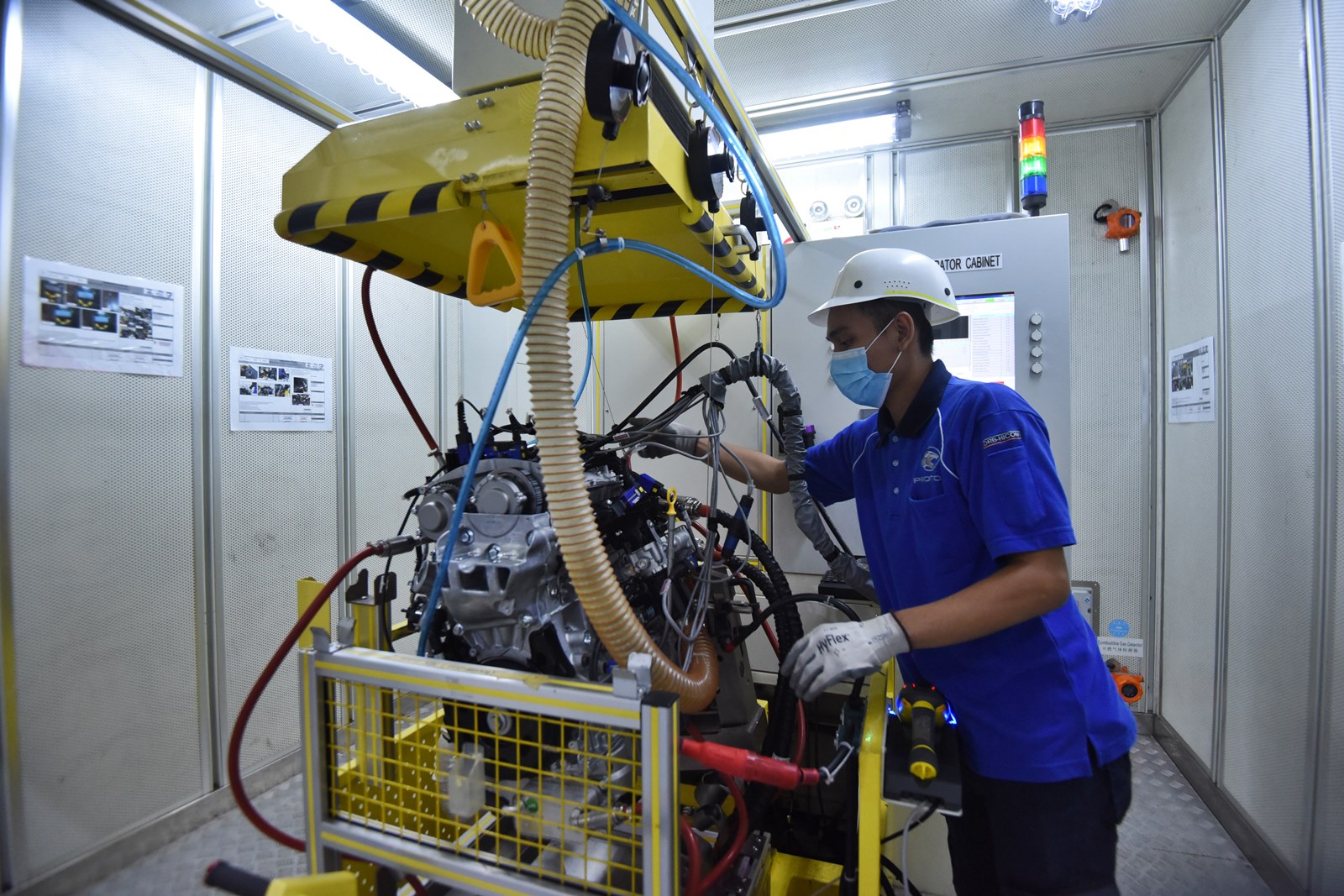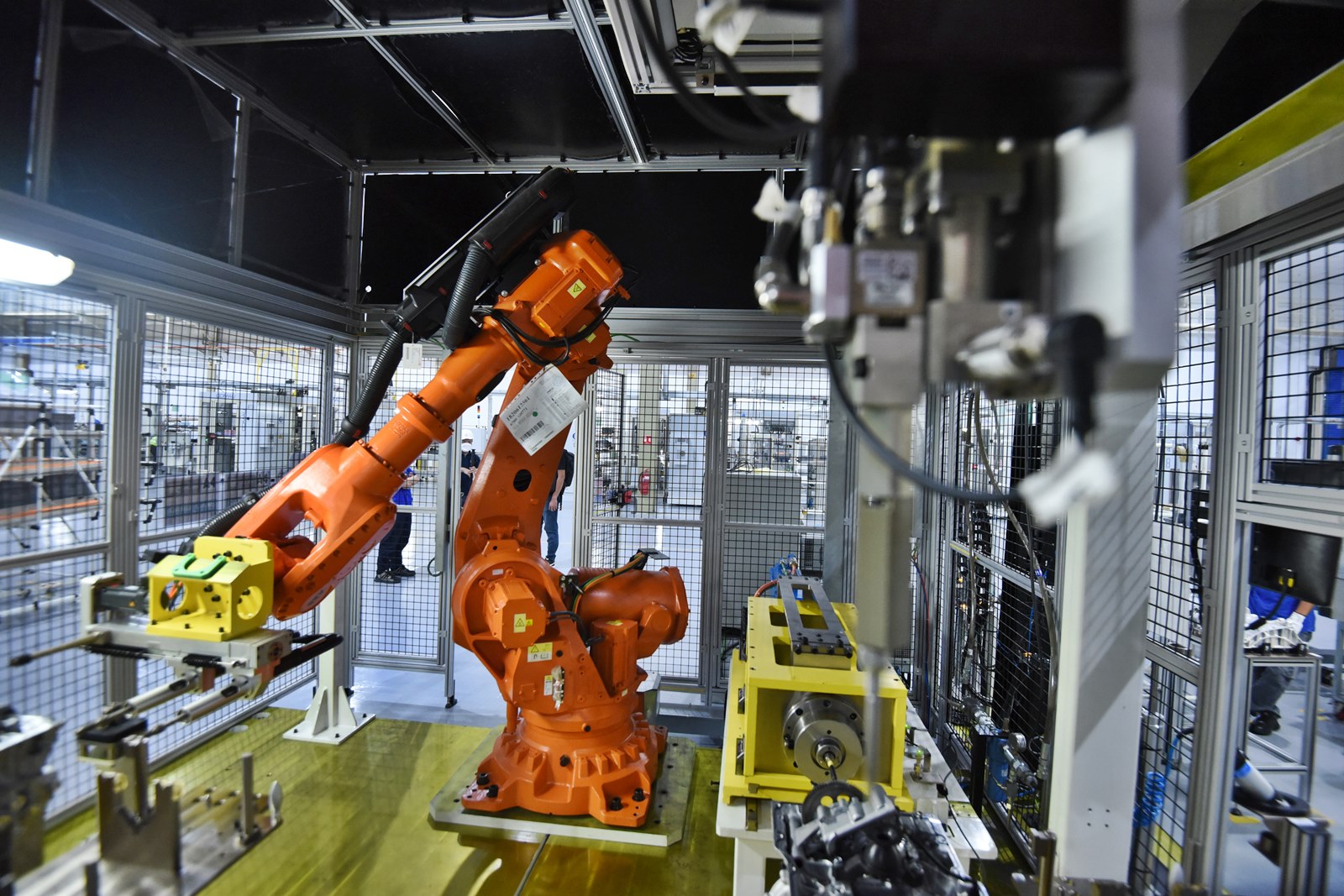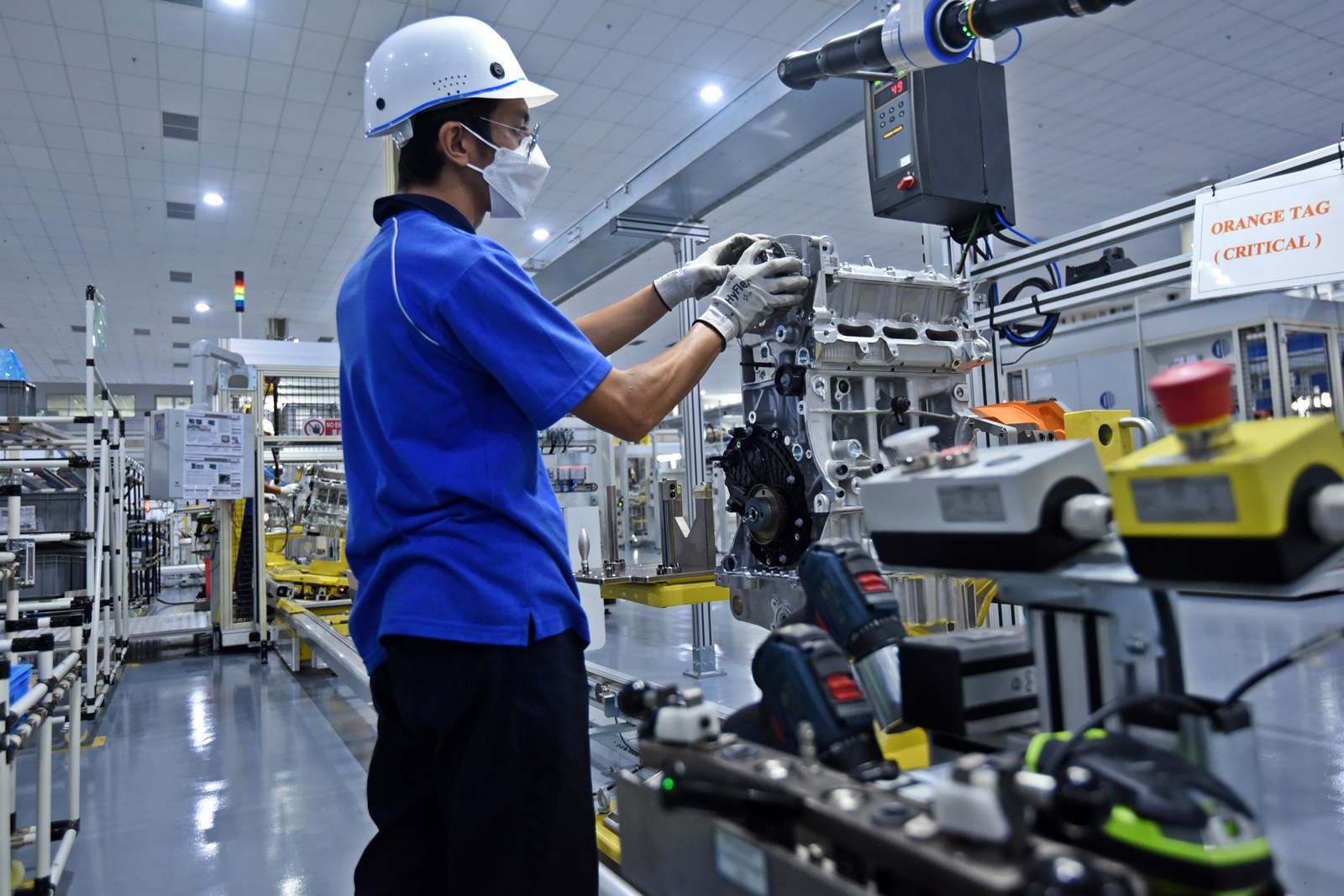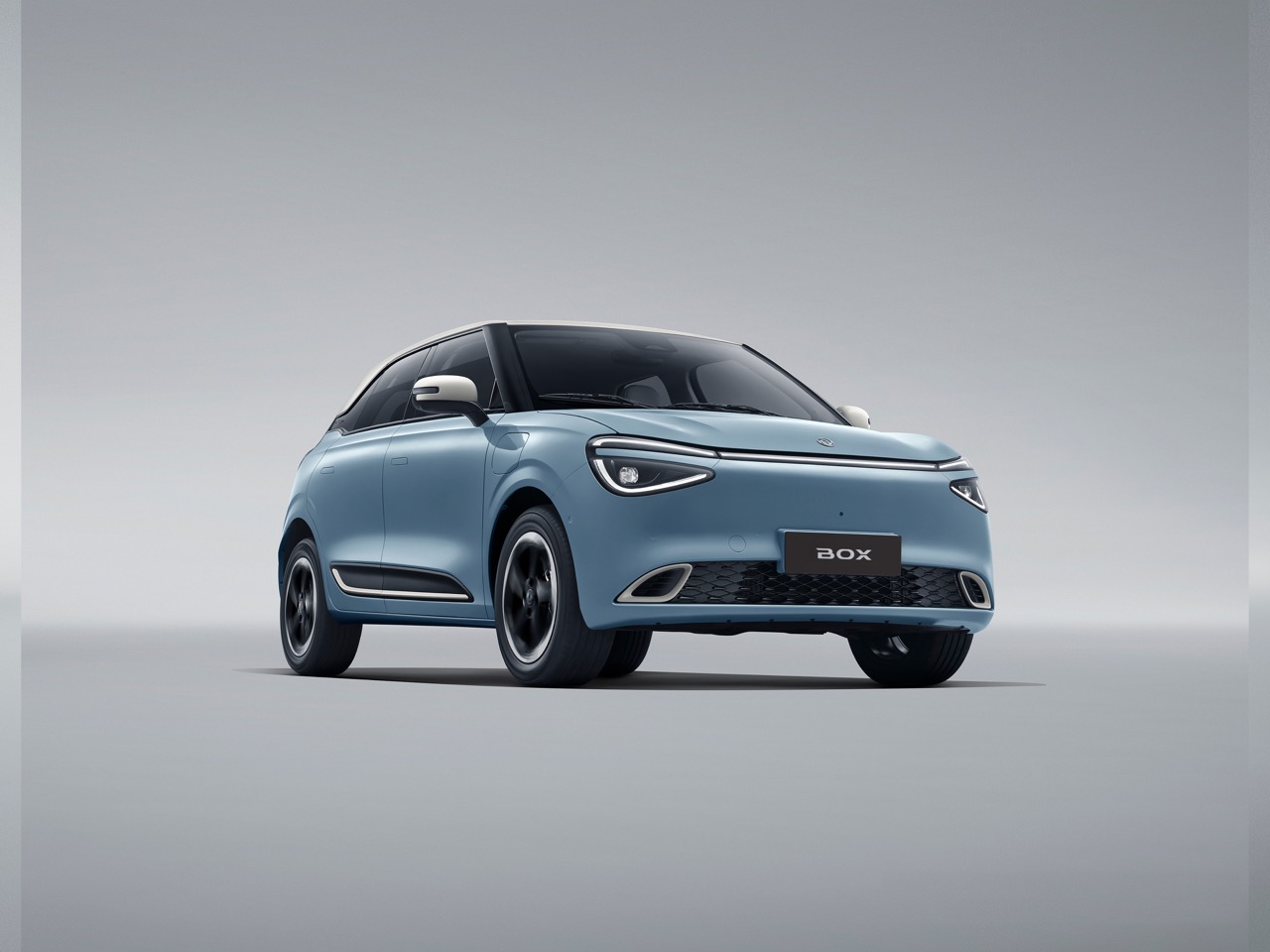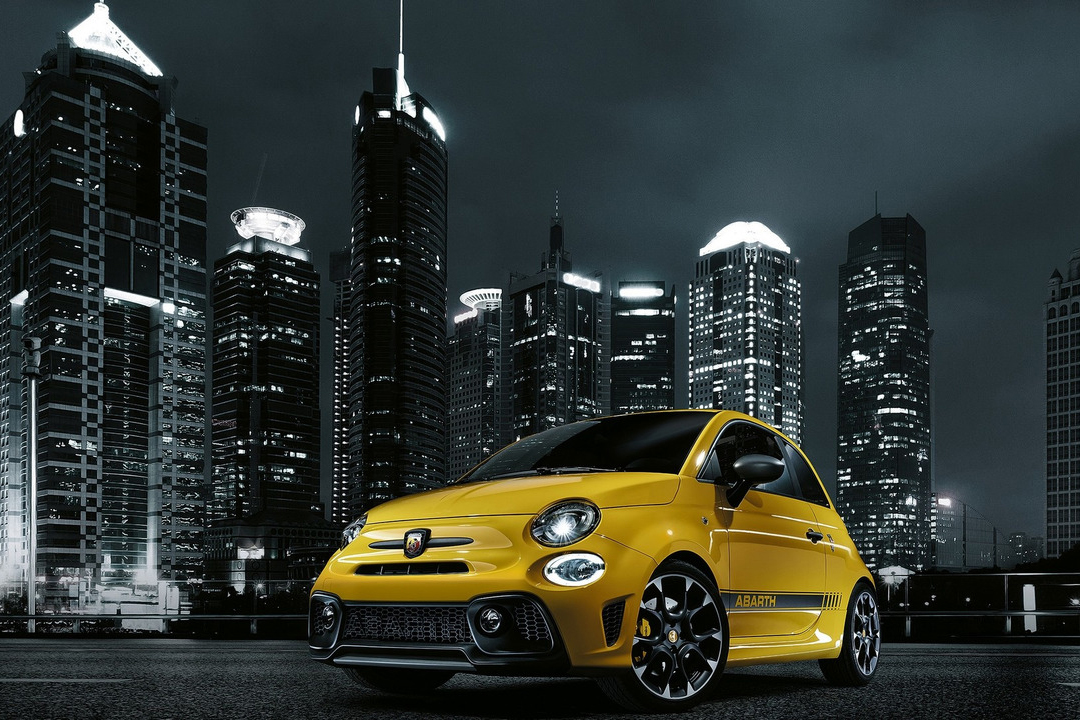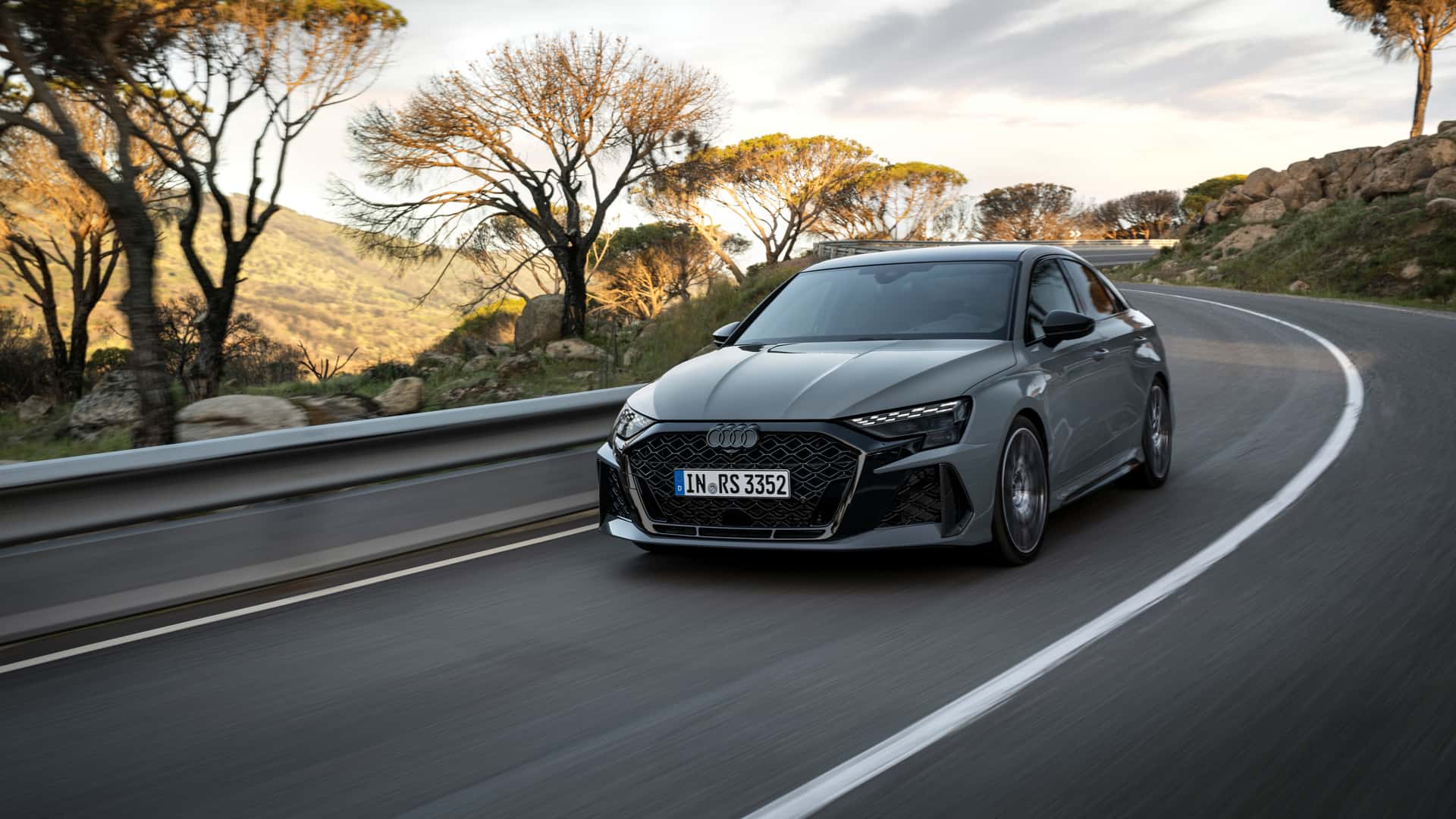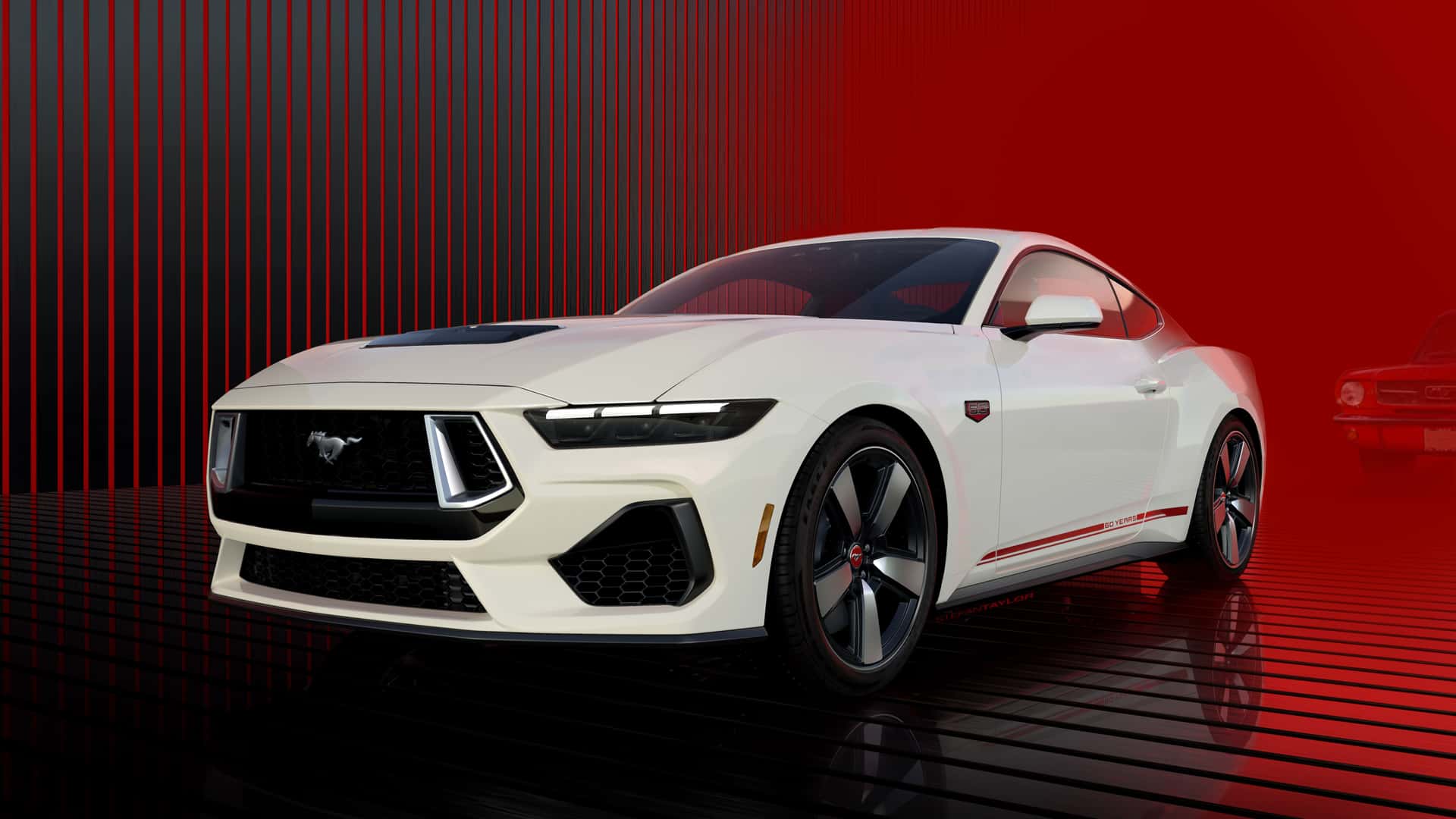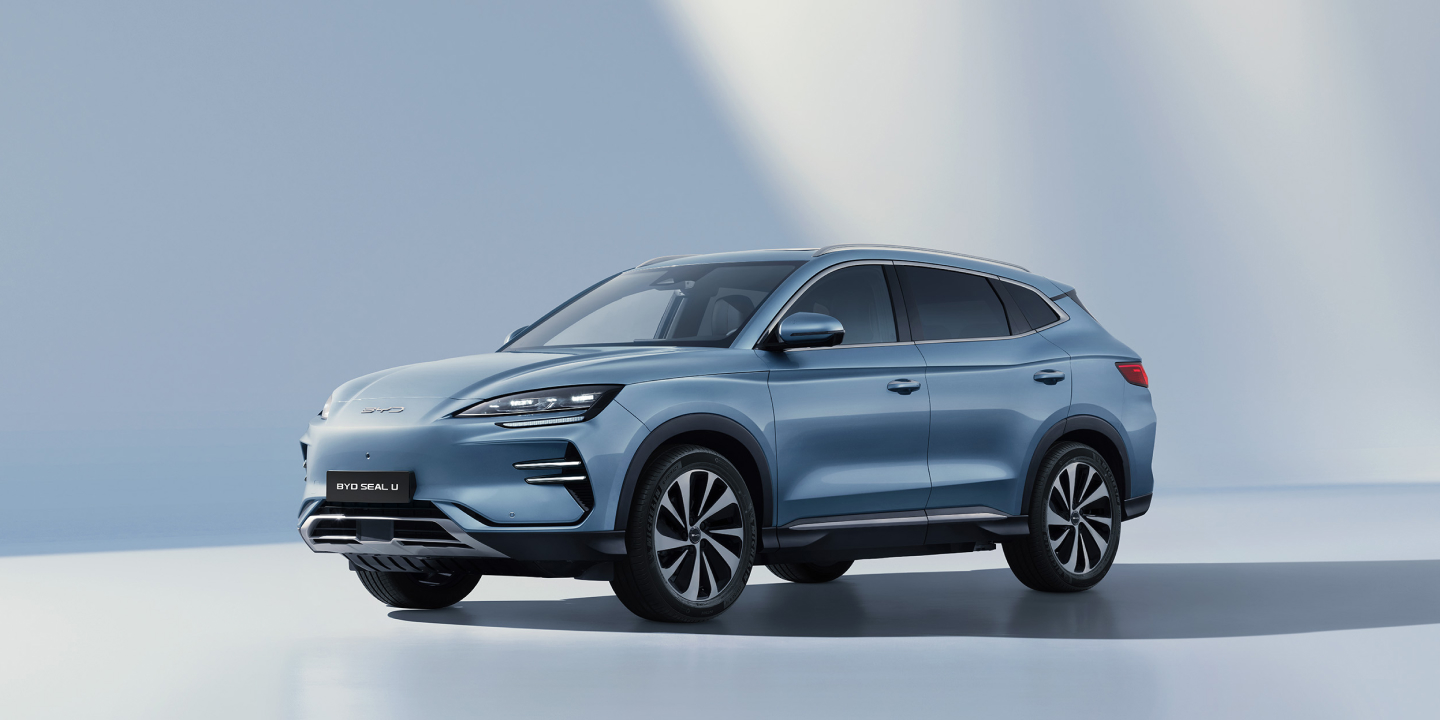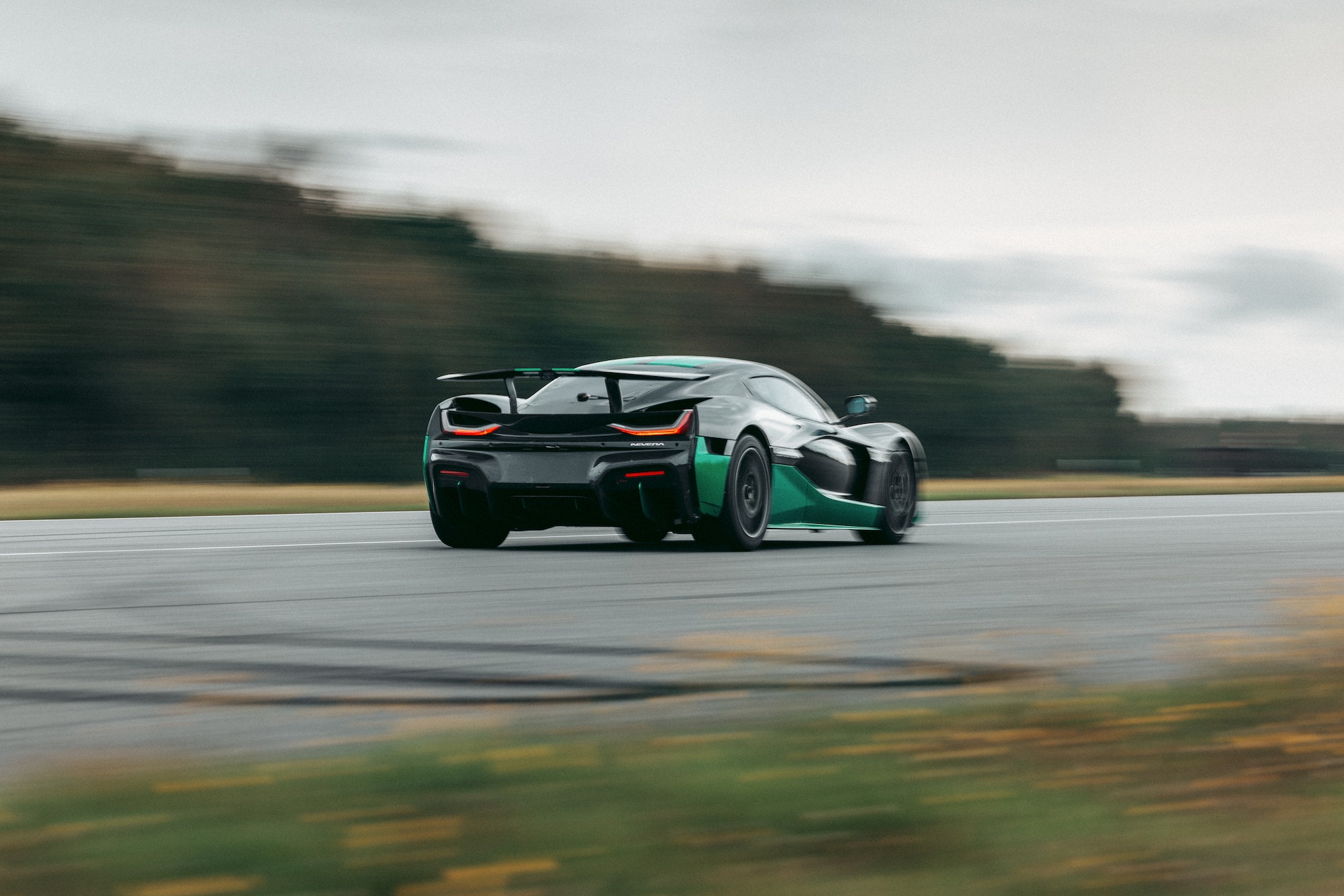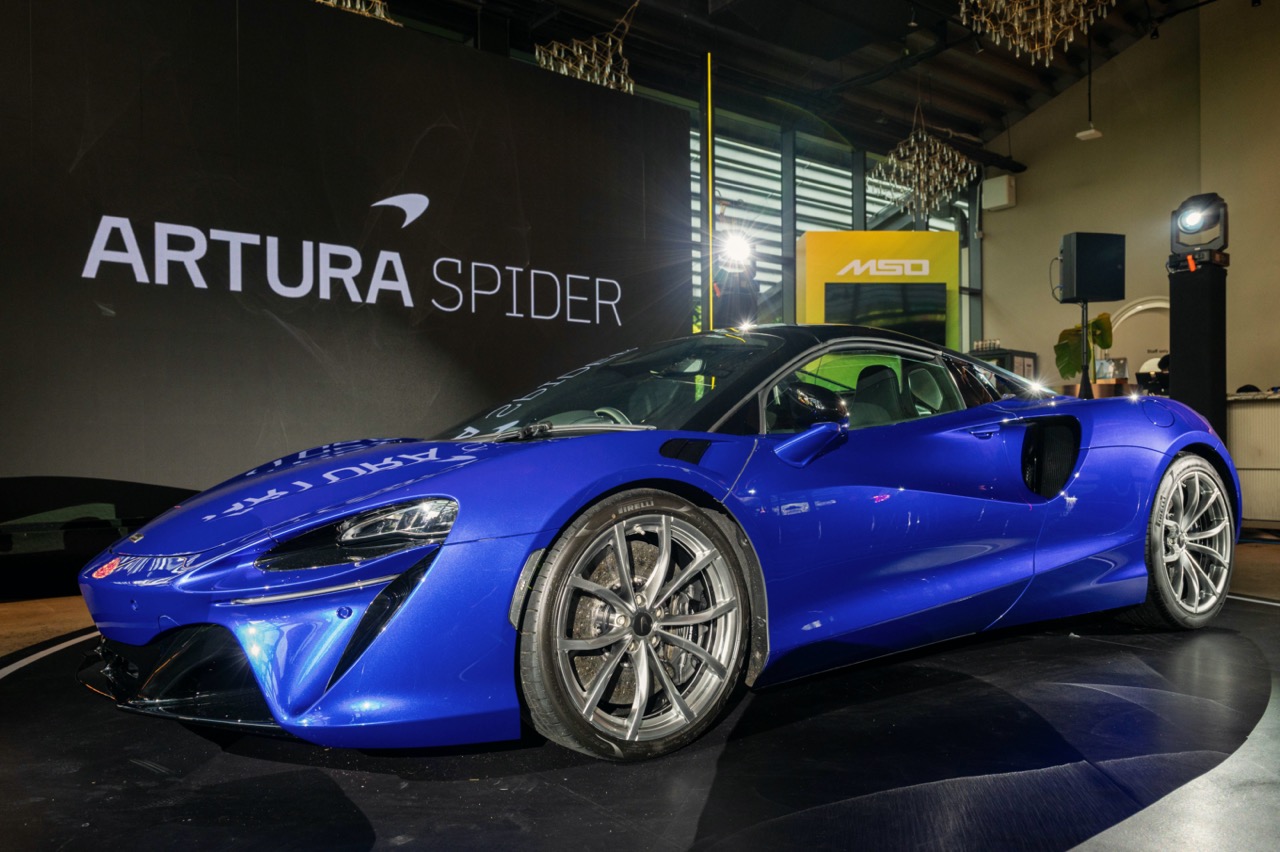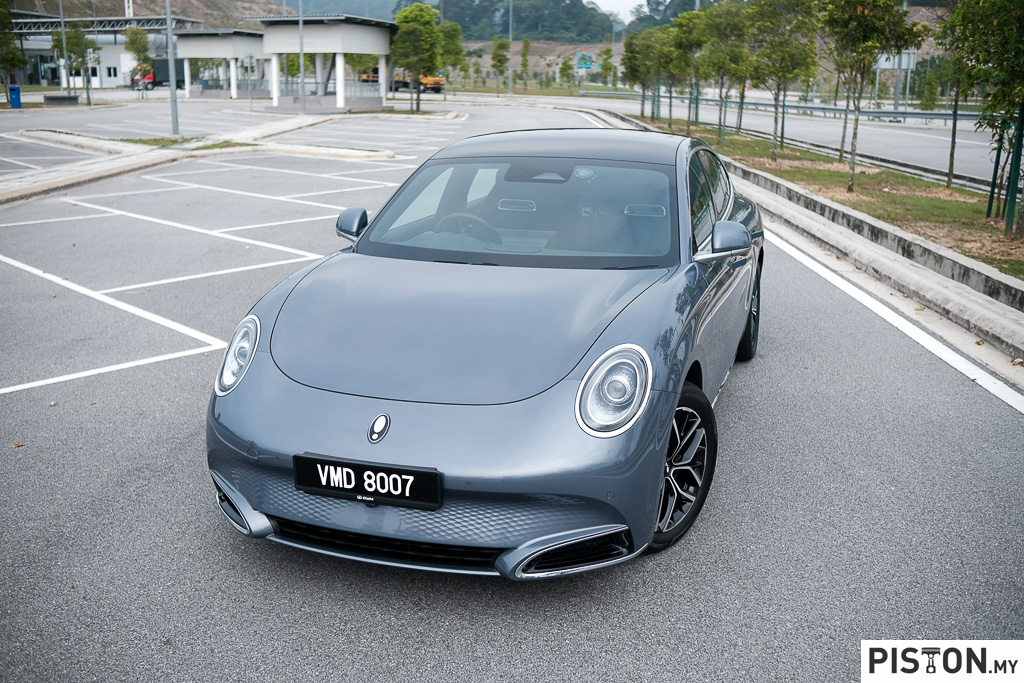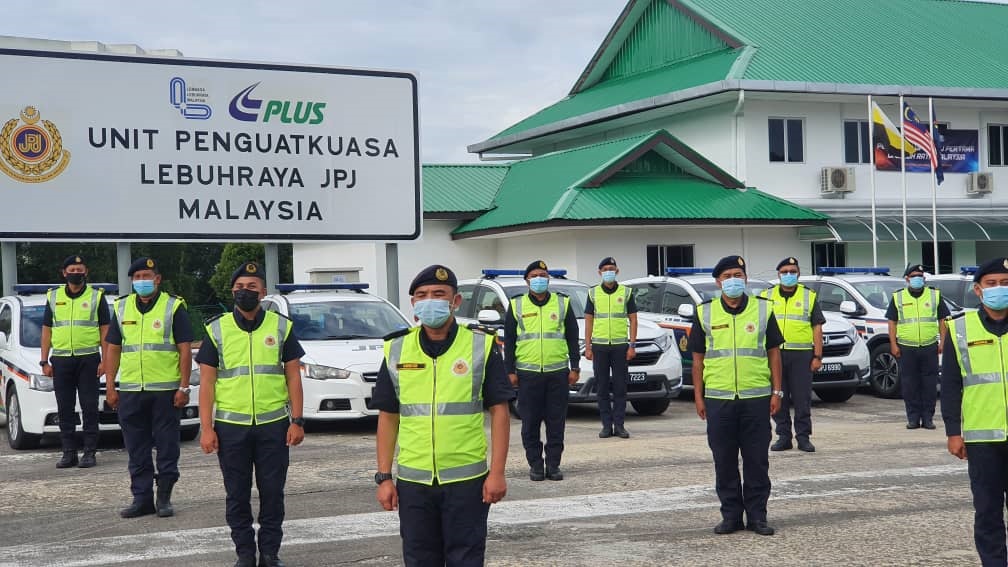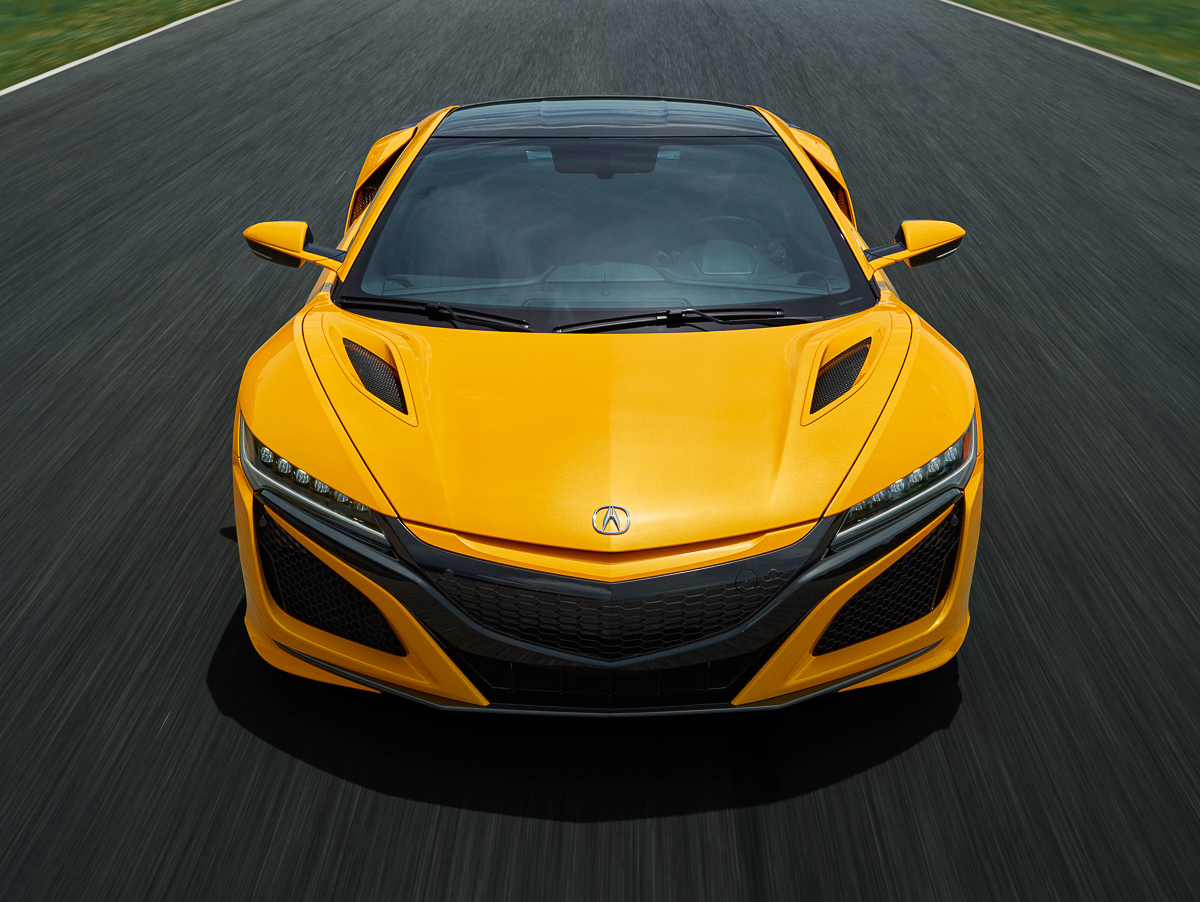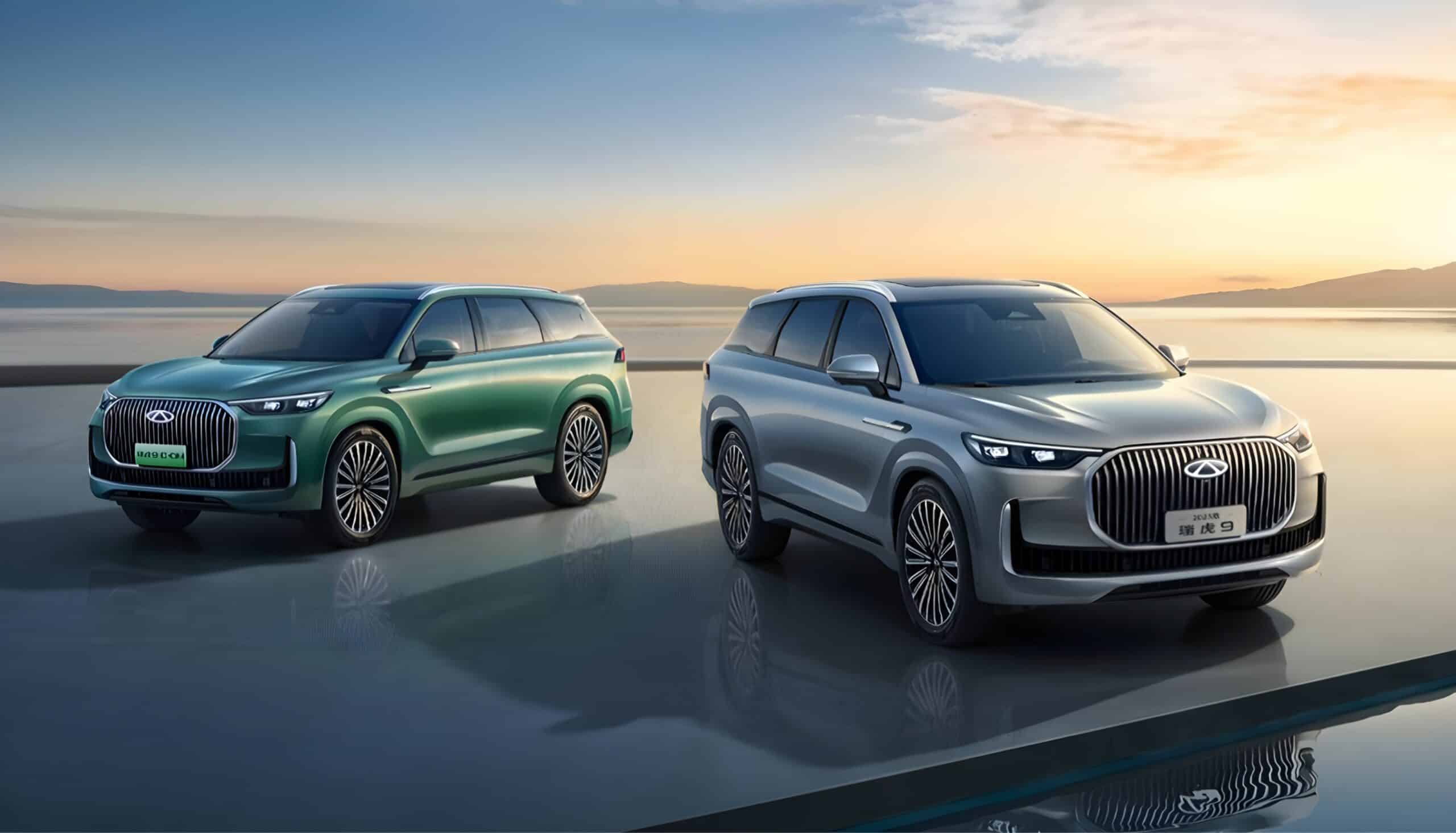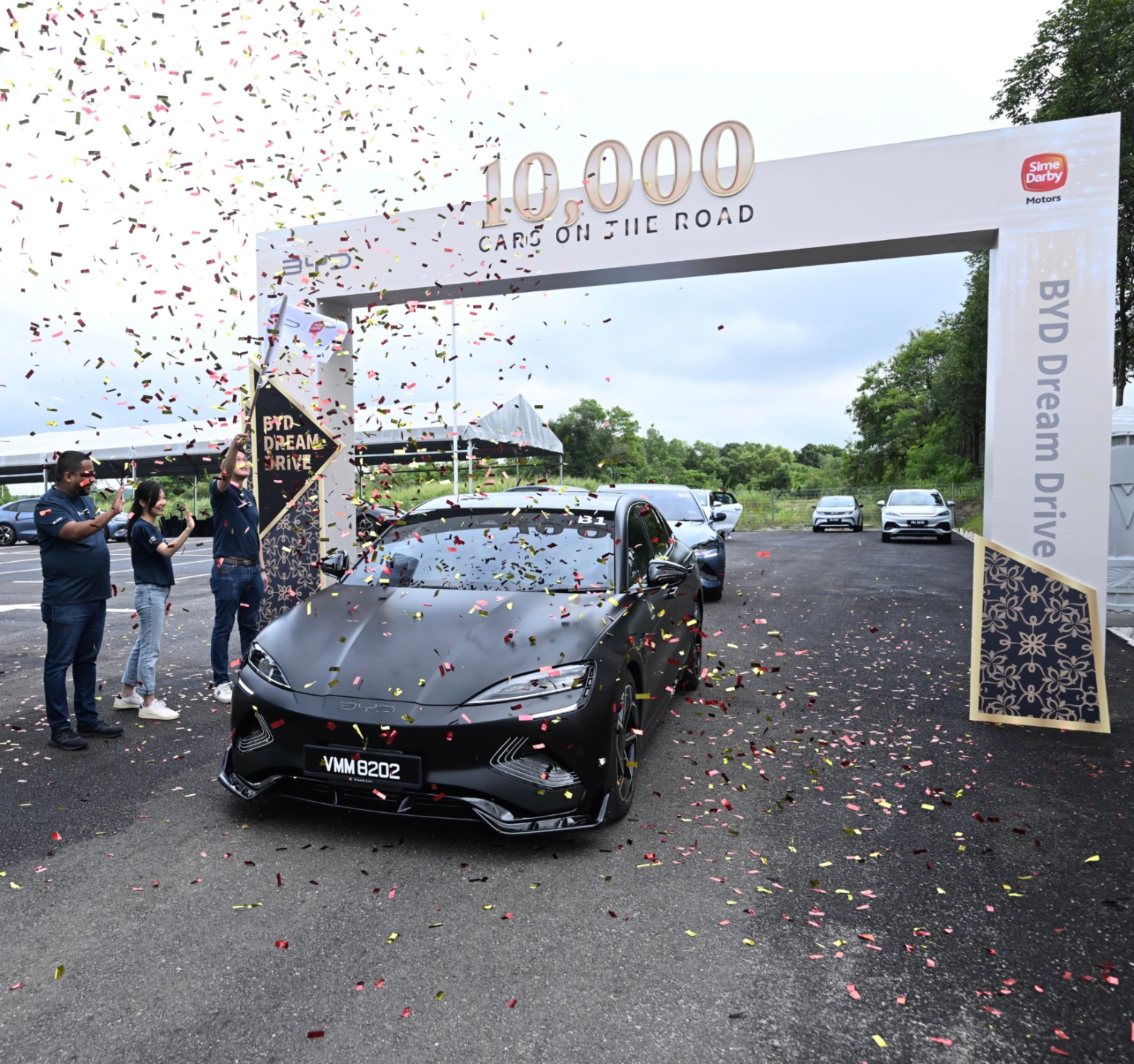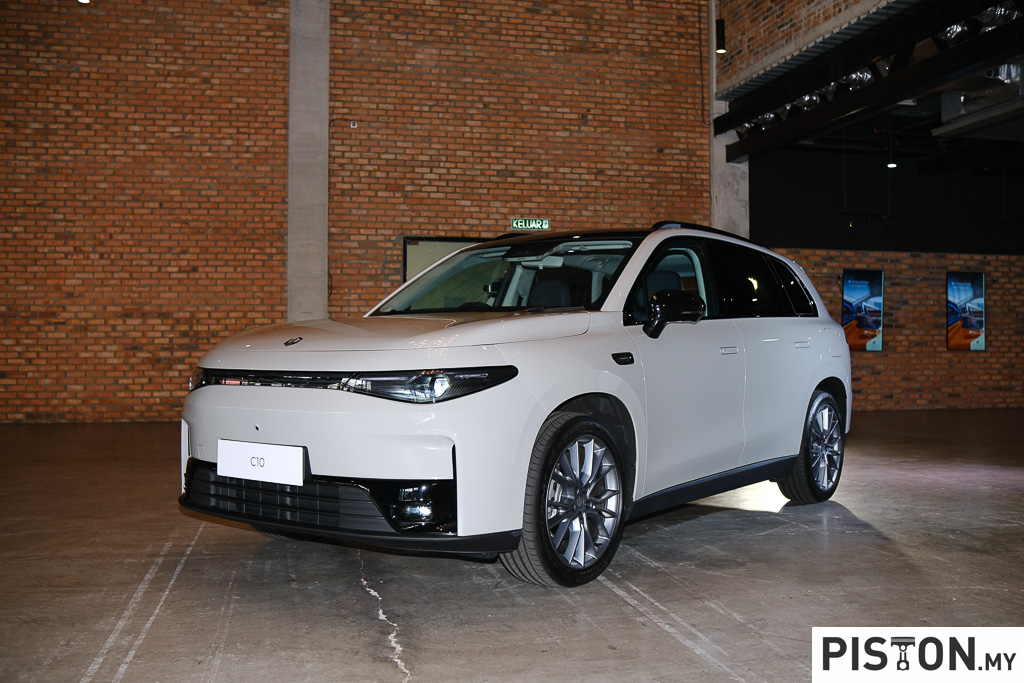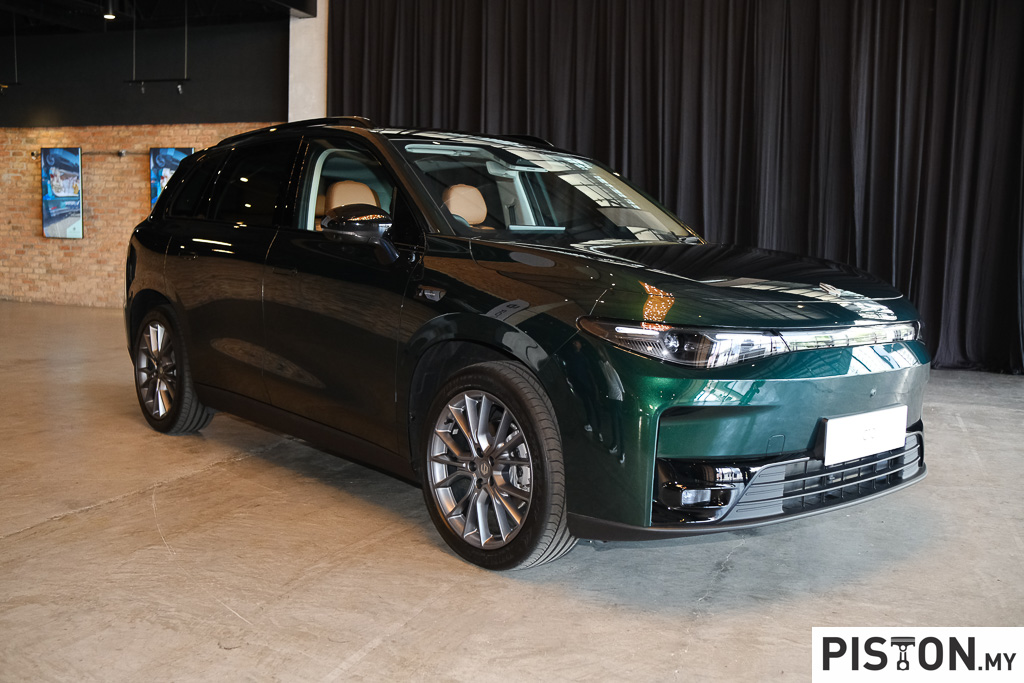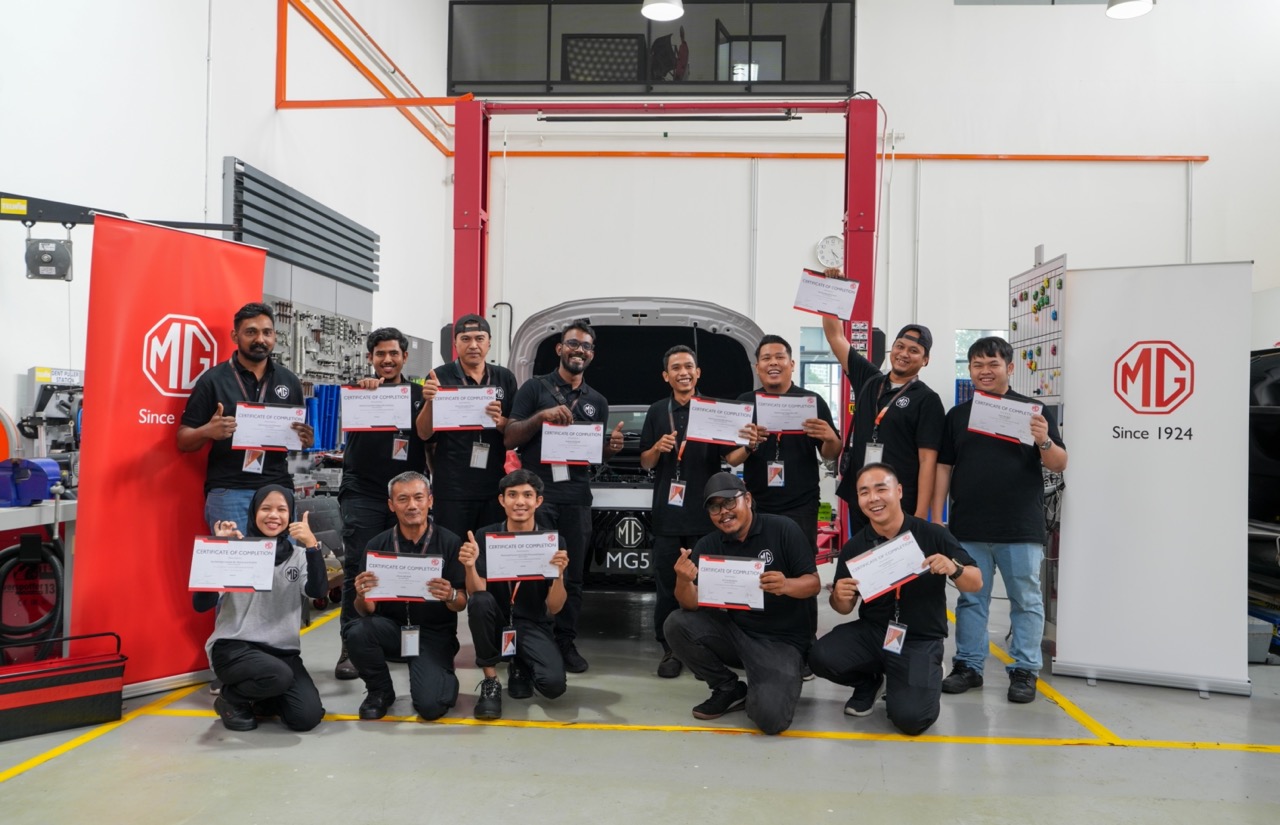Though SUVs seem to be what everyone wants these days, there is still good demand for other types of vehicles and for those who want space and versatility, the MPV remains a good choice. Among the MPVs sold by the non-Malaysian brands, the most popular model in 2021 was the Nissan Serena S-HYBRID. It was the first hybrid MPV to be assembled locally and is still the only MPV assembled in Malaysia with a hybrid powertrain.
When this generation was first introduced by Edaran Tan Chong Motor (ETCM), it was already equipped like a premium MPV – but without the premium price. Local assembly kept its price a long way down from the big Japanese MPVs and it very quickly established itself among businessmen wanting a mobile office and families with lots of members.
That it was already good value for money and selling very well made it tricky for the product planners to make it better. Nissan had updated the model, which is also very popular in Japan, and refreshed the styling a bit as well as enhanced safety.
This updated model has reached Malaysia and was launched today with two variants being offered – the Serena S-HYBRID Highway Star and Serena S-HYBRID Premium Highway Star. priced at RM149,888 and RM162,888, respectively (without insurance, for registration in Peninsular Malaysia).
Cosmetic changes with new grille
The cosmetic changes on the exterior include redesigned dual projector LED headlamps on either side of the new V-Motion grille that now has a sophisticated chrome pattern over its expansive surface. The front bumper has also been redesigned with integrated foglamps incorporating Daytime Running Lights at each corner.
At the rear the bumper is also a new moulding and has Gloss Black finishing for a classy touch. The rear light units have also been redesigned, providing immediate identification for the latest Serena S-HYBRID.
All-round protection with 360° Safety Shield
The latest Nissan models, including the Serena S-HYBRID, have a range of Nissan Intelligent Mobility technologies to increase safety and also make journeys more comfortable. These technologies make up the 360° Safety Shield to give complete all-round protection.
For the new Serena S-HYBRID, the 360° Safety Shield has enhanced Active Safety with 5 new systems added. These systems not only improve the driver’s awareness of the surroundings but can also autonomously take action to prevent an accident. They are Intelligent Predictive Forward Collision Warning & Intelligent Forward Emergency Braking, Lane Departure Warning, Blind Spot Warning, and Rear Cross Traffic Alert.
While most of the systems will provide alerts to the driver when there is another vehicle nearby and there is a risk of collision, the Intelligent Predictive Forward Collision Warning & Intelligent Forward Emergency Braking systems go further. The radar sensor located in the front of the vehicle detects the distances between the two cars ahead, as well as their relative speed. This allows the system to assess the situation ahead and determine whether there is a collision risk.
In most cases, the driver would either decrease speed or brake to avoid colliding with the vehicle in front. But there may be times when he or she may not react in time (due to being distracted by something or not attentive) and if no correct response occurs after the alert has been given, the system will automatically apply the brakes (Automatic Emergency Braking). In this way, a potential collision with a vehicle ahead could be avoided or if not, then the damage could be reduced due to the lowered impact speed.
Also helping the driver’s awareness of the surroundings is the Intelligent Around View Monitor. This can be found in more and more vehicles today but the one in the Serena S-HYBRID has one extra feature: Intelligent Moving Object Detection. While small cameras capture the image on all sides of the vehicle to form a simulated overhead view, sensors also monitor the areas and if there are moving objects, the driver will be alerted.
On long journeys, fatigue can set in and make the driver drowsy. While the Lane Departure Warning system will alert the driver if the vehicle starts to drift out of its lane dangerously, there is also an Intelligent Driver Alertness system that monitors the driving behaviour. If it determines that the driver is behaving in a manner that suggests drowsiness, an alert will come on and the driver should take a break.
Being a long MPV with three rows of seats means that there is more glass area along the sides. For added protection during a side impact or violent accident, full-length curtain airbags will deploy downwards. These airbags will cover the window openings, greatly reducing the risk of not only injuries but also being ejected from the vehicle. The driver and front passenger also have airbags at the front and sides for their protection.
‘Zero Gravity’ seats
The long and spacious cabin has three rows of seats, with Captain’s Seats in the second row. These provide more comfortable seating with their generous width and like the front seats, they have a ‘Zero Gravity’ design. The design concept, which was inspired by NASA studies on astronauts, creates a neutral posture position which is proven to reduce fatigue
As with all MPVs, the seating can be arranged in various ways to carry more people or more cargo or long items. Quality materials are used and with the Premium Highway Star variant, combination quilted Nappa leather (available in brown or black) has a premium look and feel.
To add to the premium ambience within, soundproofing liners have been added to the rear wheel housing. This supresses NVH (Noise, Vibration & Harshness) levels to deliver a quieter, experience for all passengers.
Entertainment on the move is provided by a 6-speaker infotainment system managed from a new 9-inch full-colour touchscreen. Besides the standard functions, there is also Apple CarPlay and Android Auto connectivity, enabling favourite apps from compatible smartphones to be transferred onto the display panel. This means that navigation apps like Google Maps or Waze can be viewed and accessed from the touchscreen and/or voice-activated too.
As almost everyone has at least one portable electronic device nowadays, recharging the battery is a daily requirement. When in the Serena S-HYBRID, there won’t be fighting over the recharging port as up to 7 USB ports are provided around the cabin.
Convenient side and back doors
Retained from the 2021 model are the highly appreciated Dual Back Door and Hands-Free Dual Power Sliding Doors. The Dual Back Door concept is unique to the Serena S-HYBRID and provides convenient and faster access to the ample cargo area. For large and tall items, the whole of the rear door can be raised but if there are small items like groceries, it is unnecessary to lift the whole door. The upper half can be opened separately and the items can be easily dropped inside. This is also extremely useful in tight spaces.
While powered dual sliding doors are found on many MPVs these days, the Hands-Free Dual Power Sliding Doors on both sides of the Serena S-HYBRID are less common and usually available only on more expensive models. With the hands-free capability, the doors can be opened by just placing a foot under the side of the vehicle (provided the remote key fob is in the pocket or handbag). A sensor will detect the foot and automatically power the door open.
Hybrid tech for efficiency
Hybrid technology continues to power the MPV and the hybrid drivetrain incorporates an Energy Control (ECO) electric motor which controls the idle-stop system. It also provides torque assistance on moving off, the period when the engine is under high load. The assistance reduces this load, thereby improving fuel efficiency. The S-HYBRID system thus gives some of the benefits of a hybrid powertrain without the associated high costs.
The petrol engine is a 2-litre Twin CVTC (Continuously-variable Valve Timing Control) 4-cylinder unit which has proven its reliability and durability over the years. It is equipped with a Dual Arm Tensioner which optimises tensile force on the belt to reduce friction, power losses and increases fuel efficiency. An ECO MODE can also be activated to assist the driver to improve fuel efficiency without losing driving pleasure or comfort.
The hybrid drivetrain is paired with the Nissan XTRONIC CVT (Continuously Variable Transmission) with Adaptive Shift Control to coordinate control between engine and transmission. The intelligent control system interprets the driver intentions from the acceleration and steering and determines the optimum transmission ratios to deliver class-leading fuel economy.
The new Serena S-HYBRID is available for viewing and test-drives at all Nissan showrooms throughout Malaysia. To locate a showroom, visit www.nissan.com.my. For those who are not able to visit Nissan showroom, they can also go to the Nissan Online Showroom where there is information on Nissan products and services in Malaysia.





